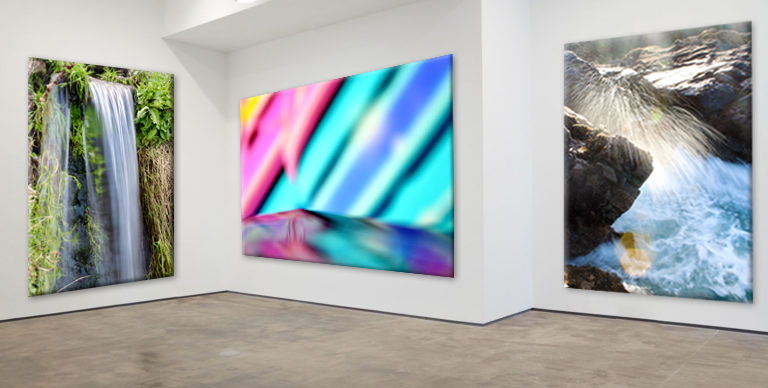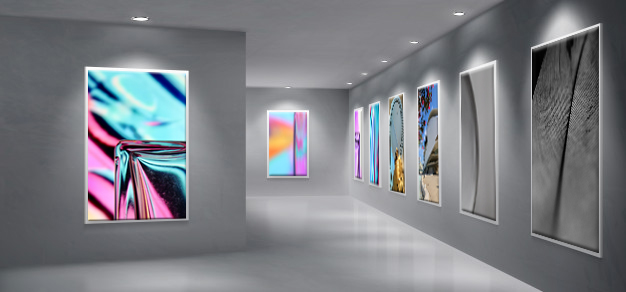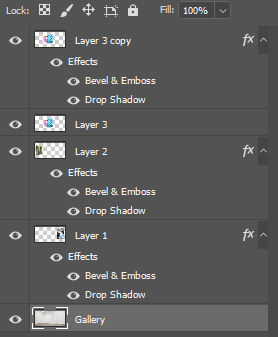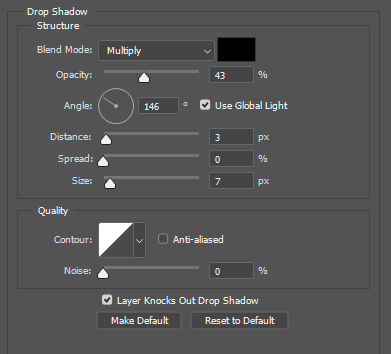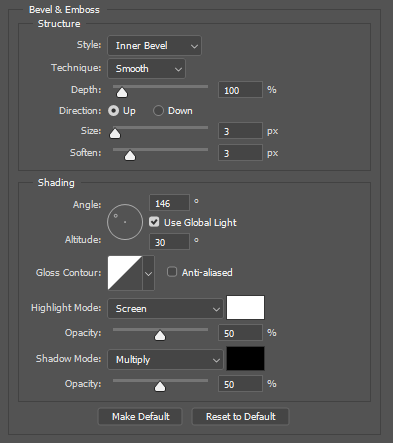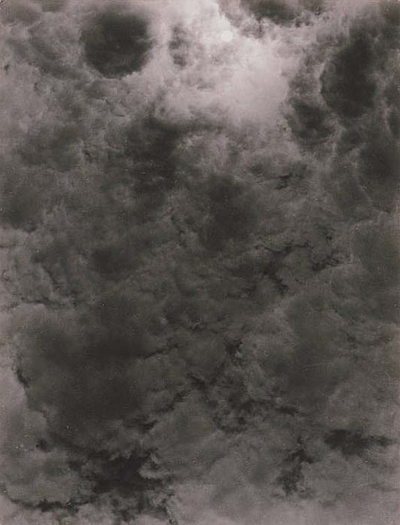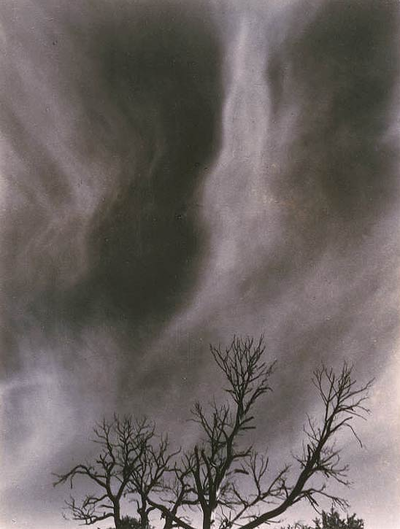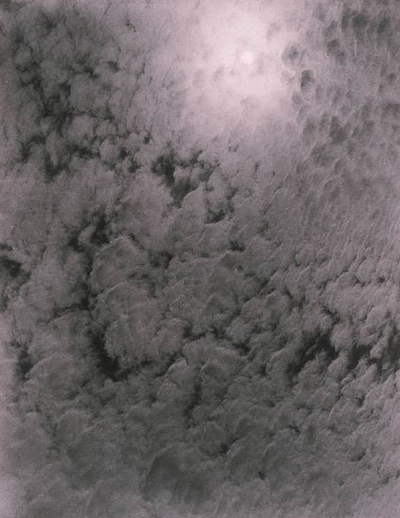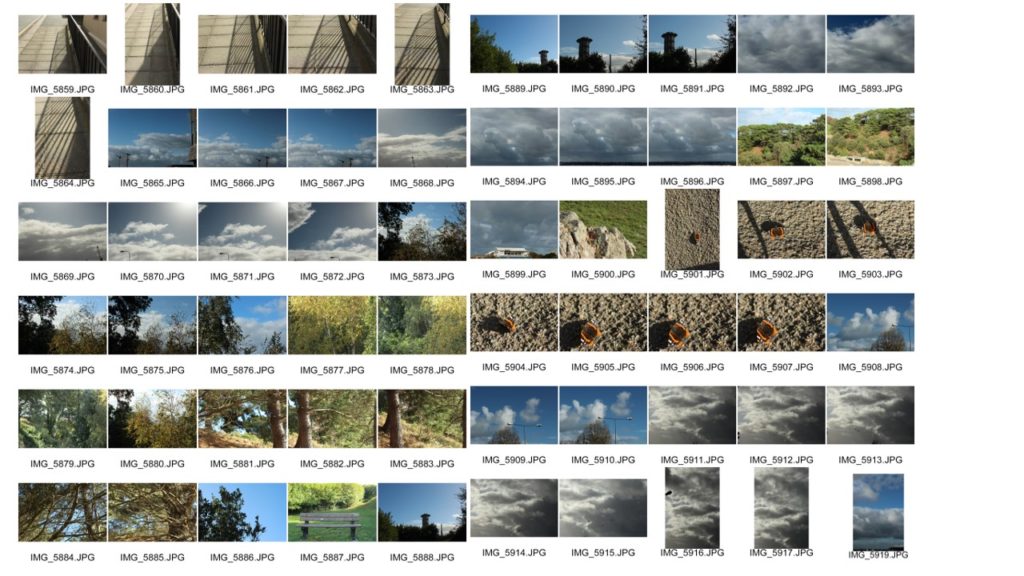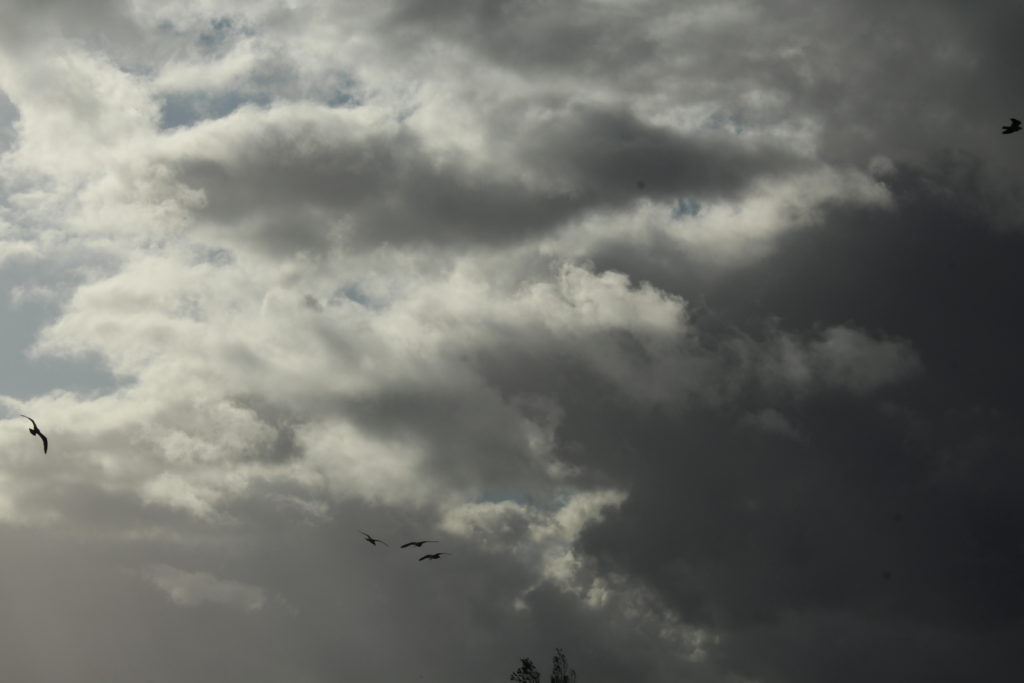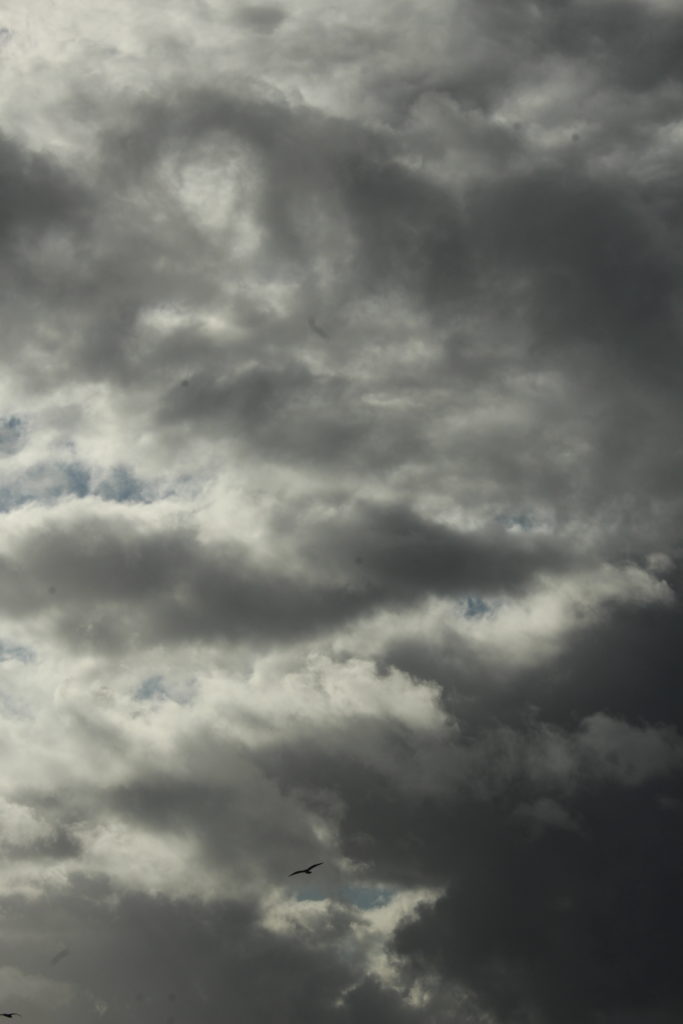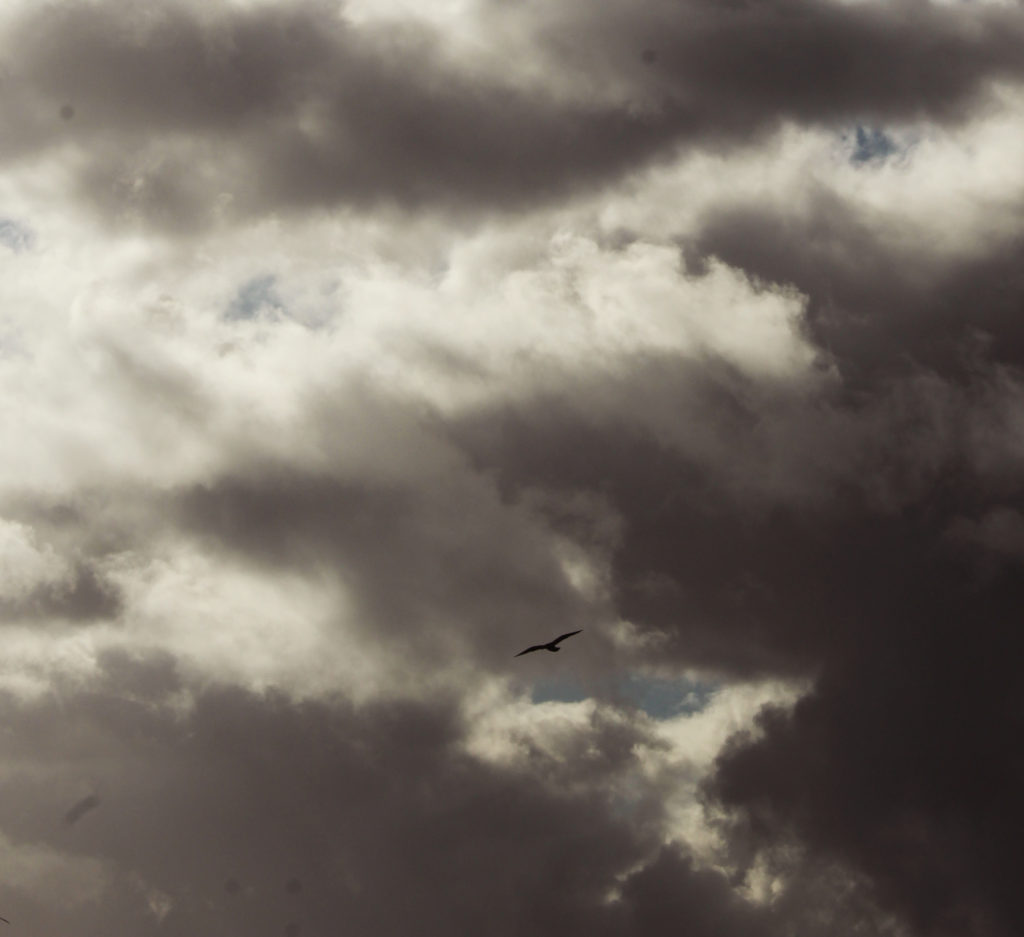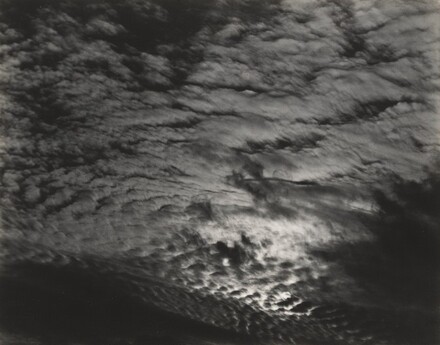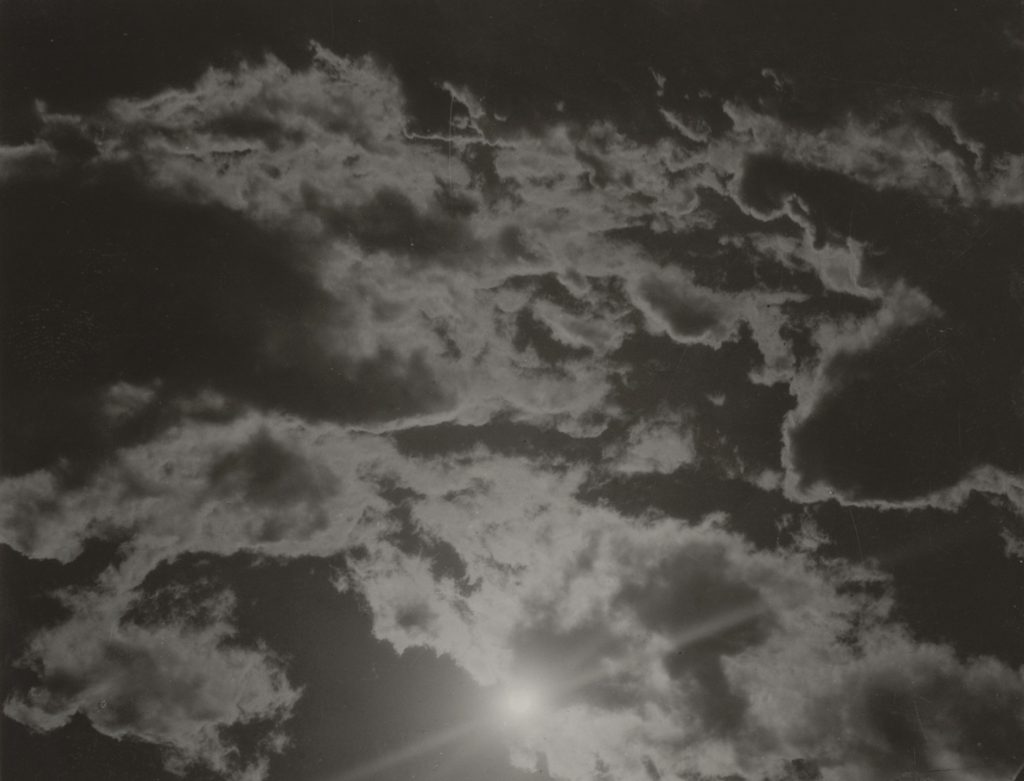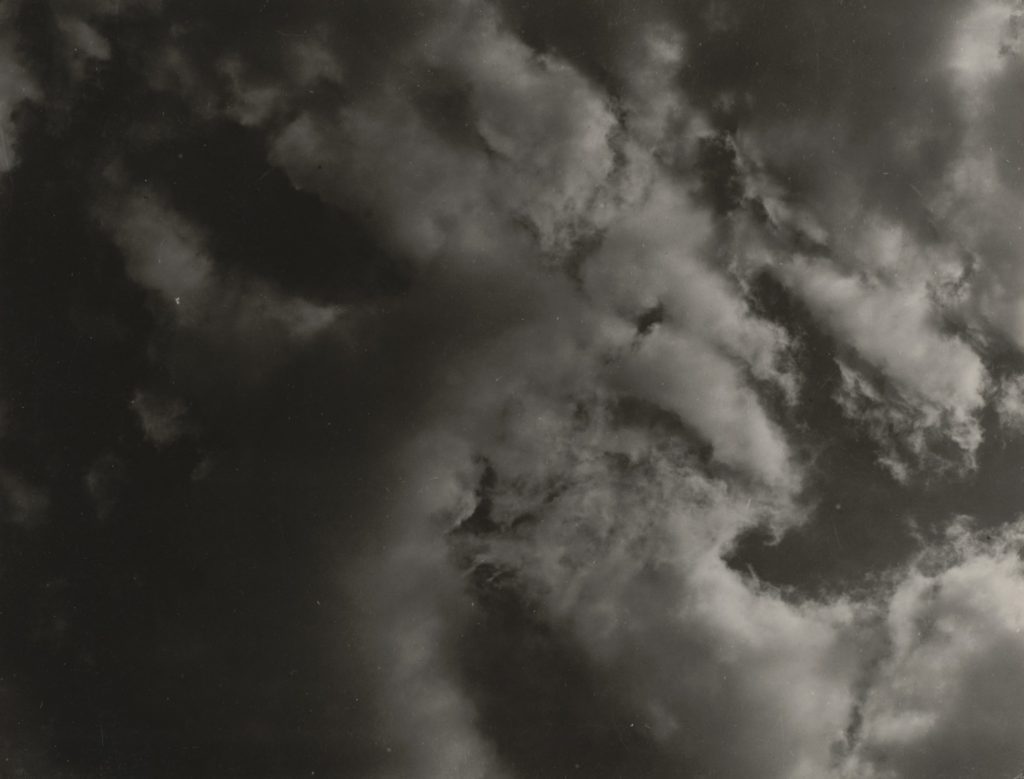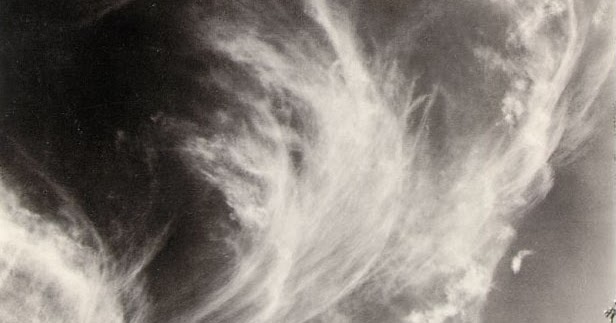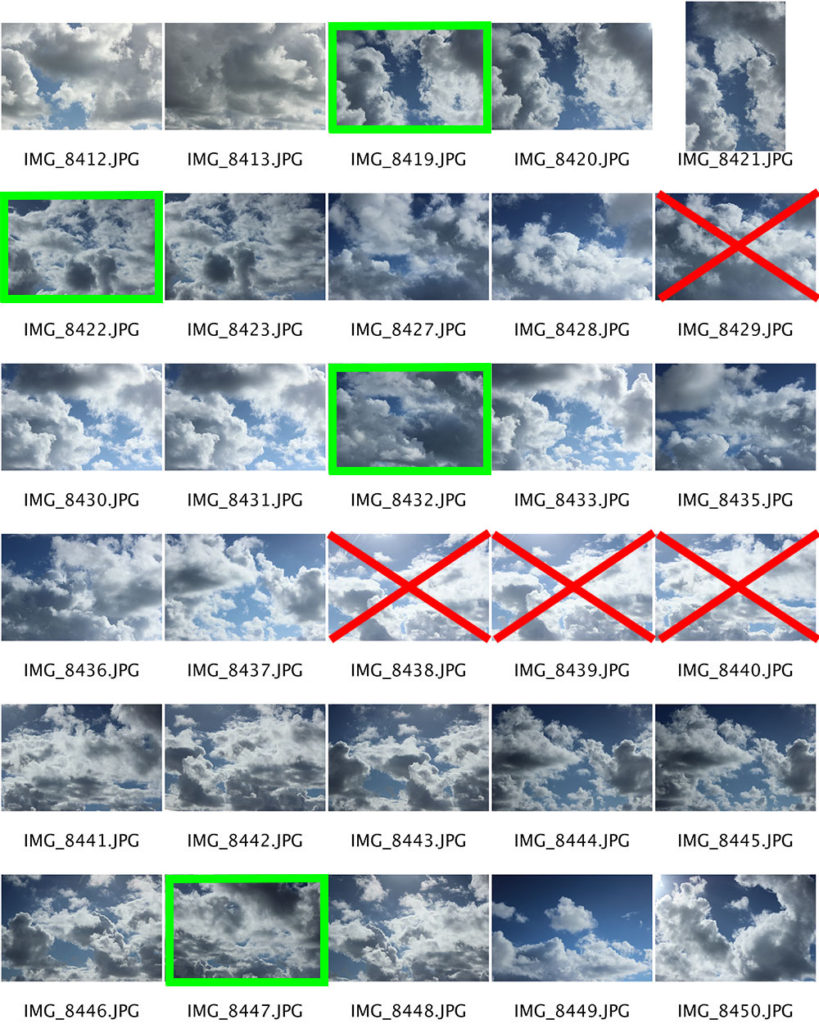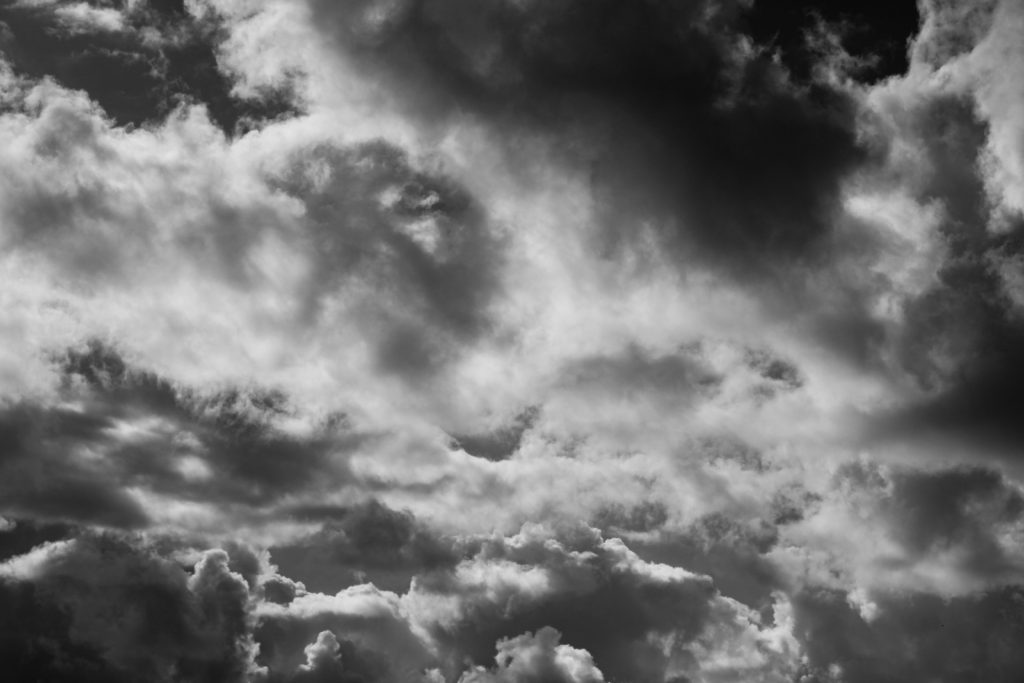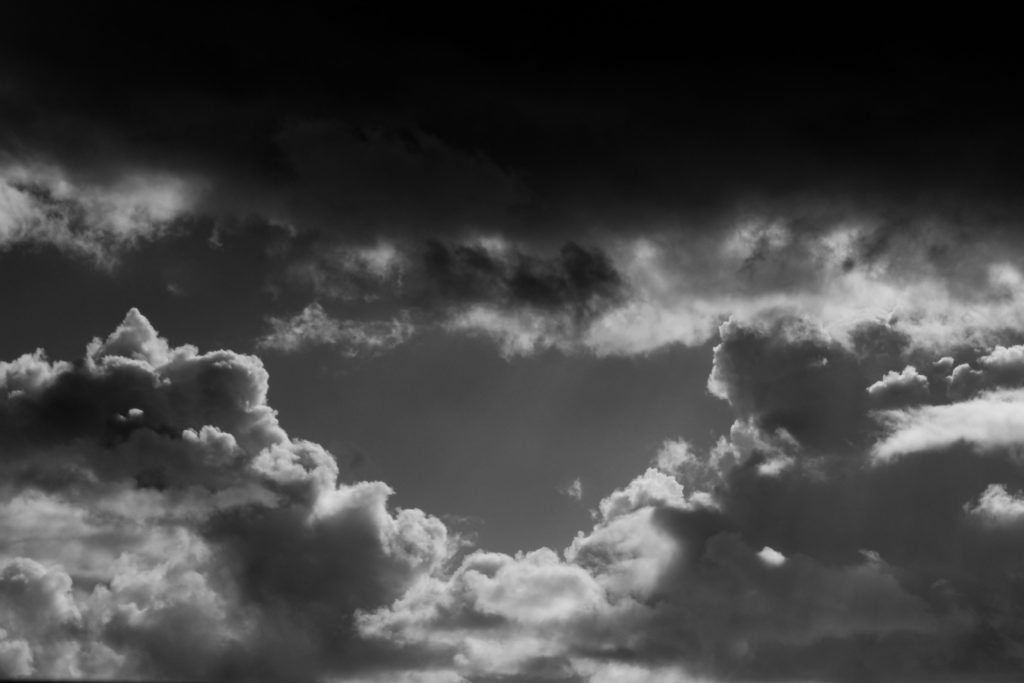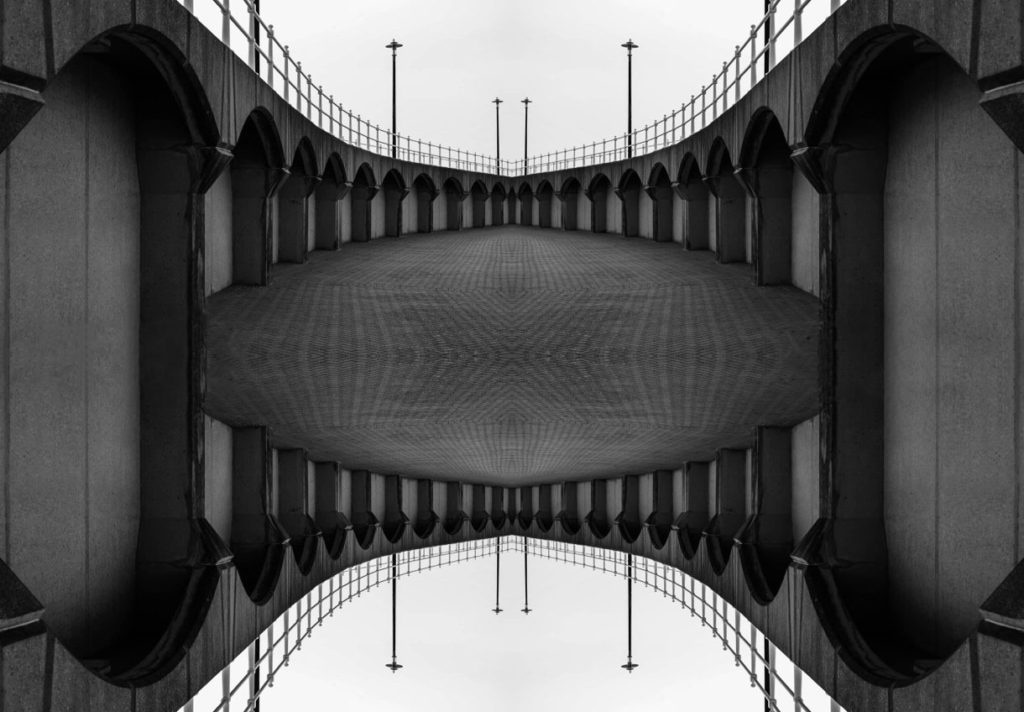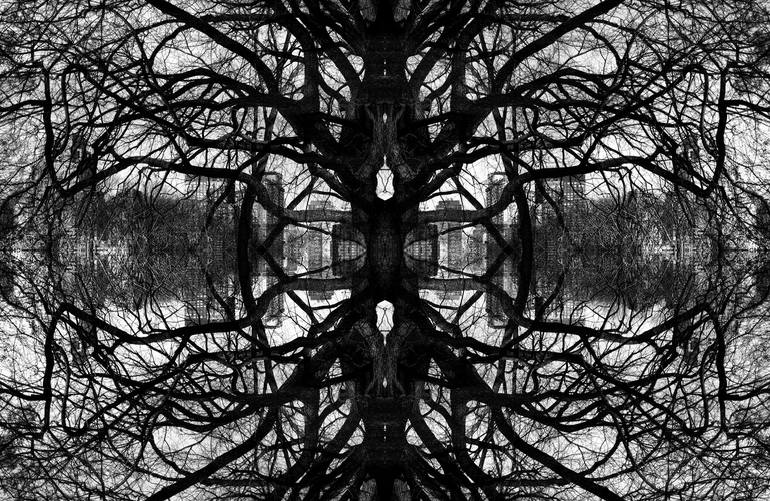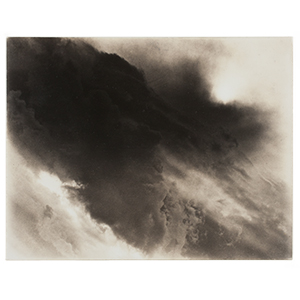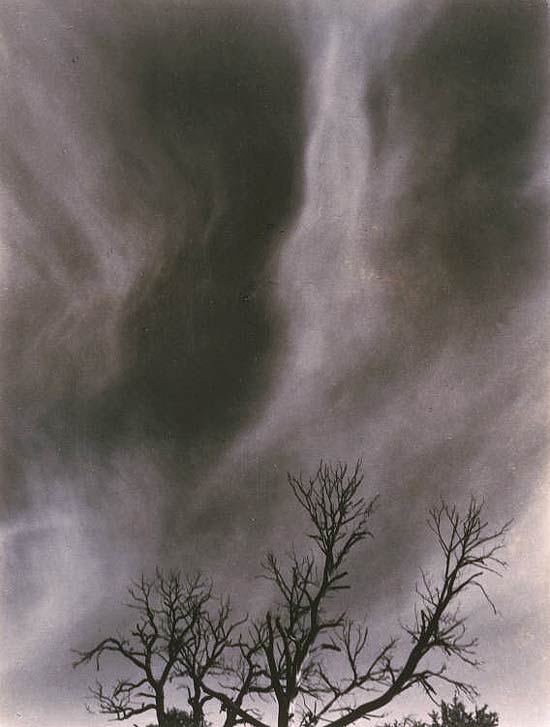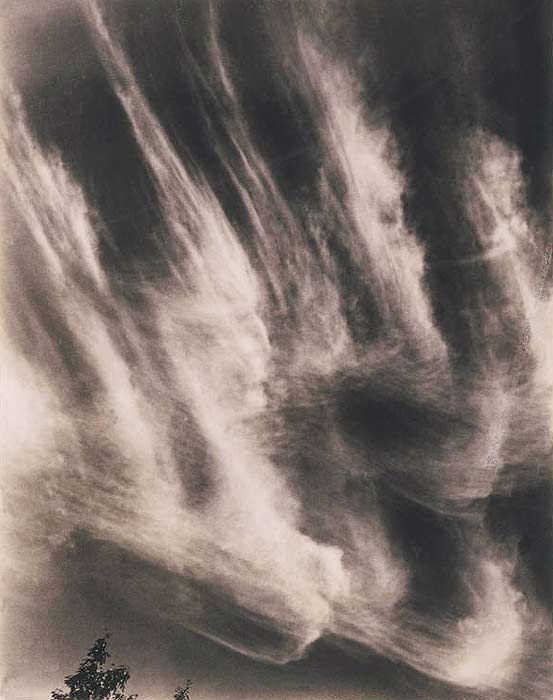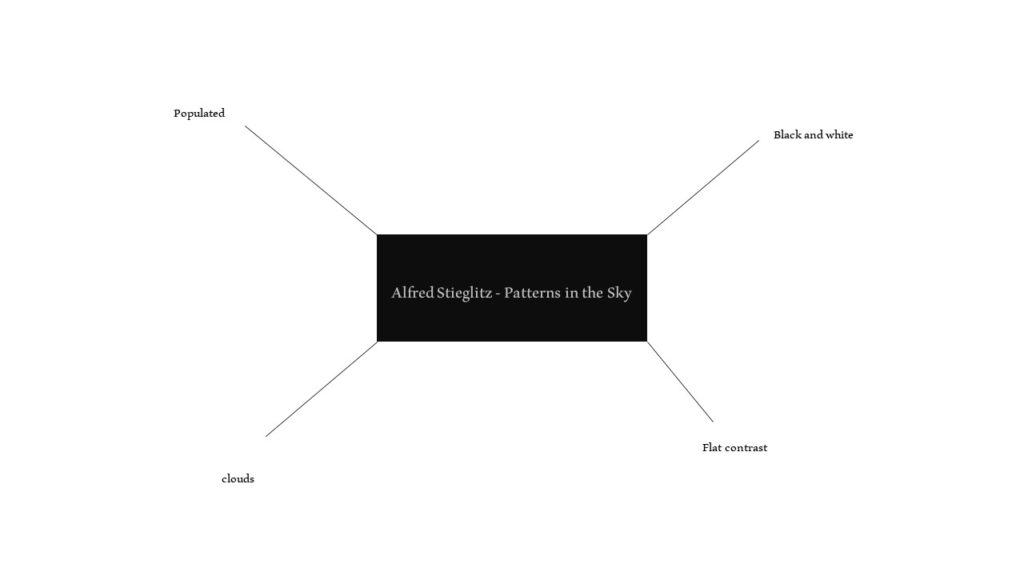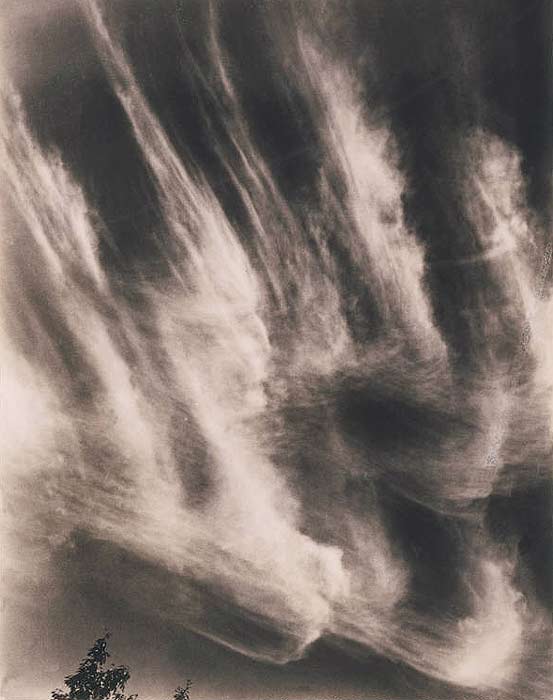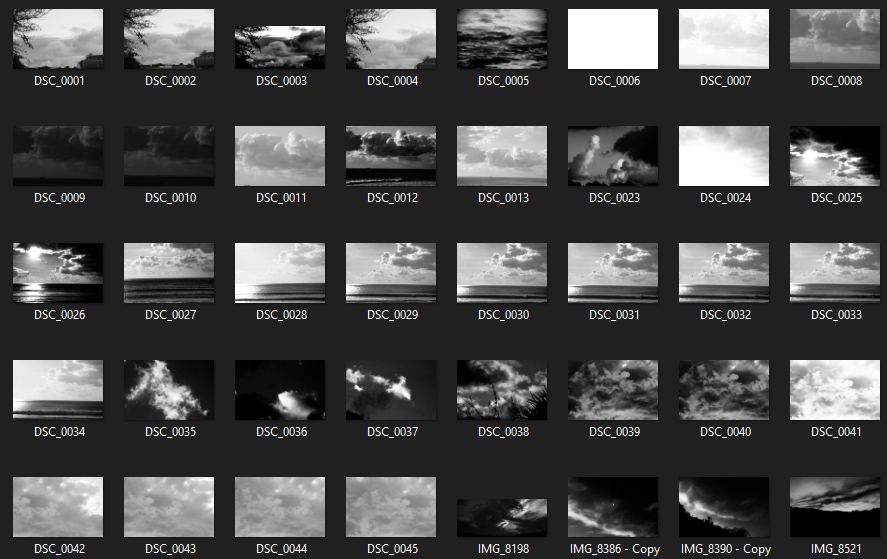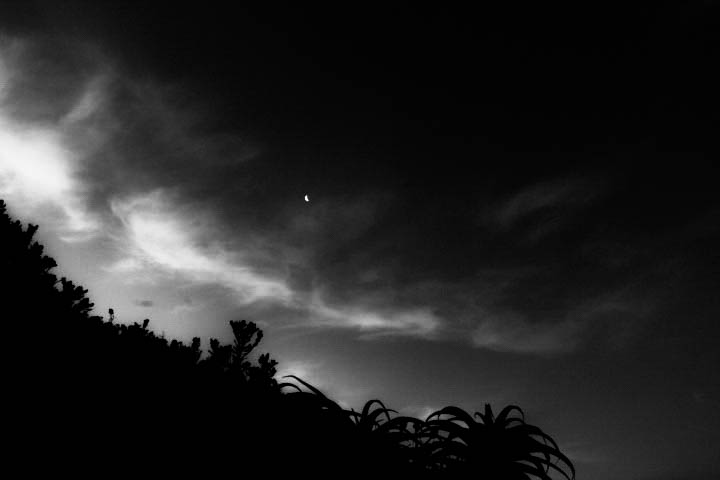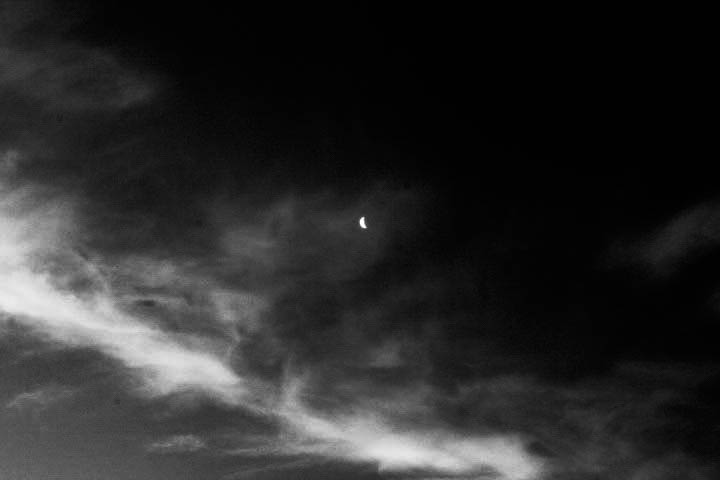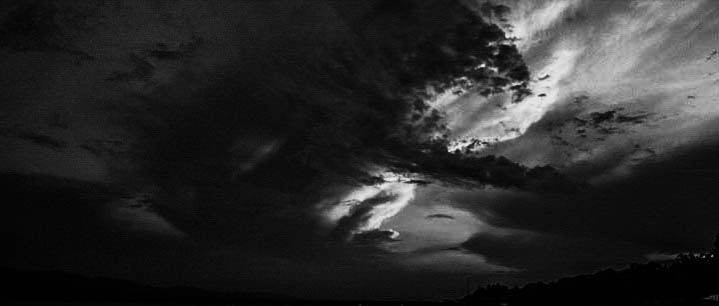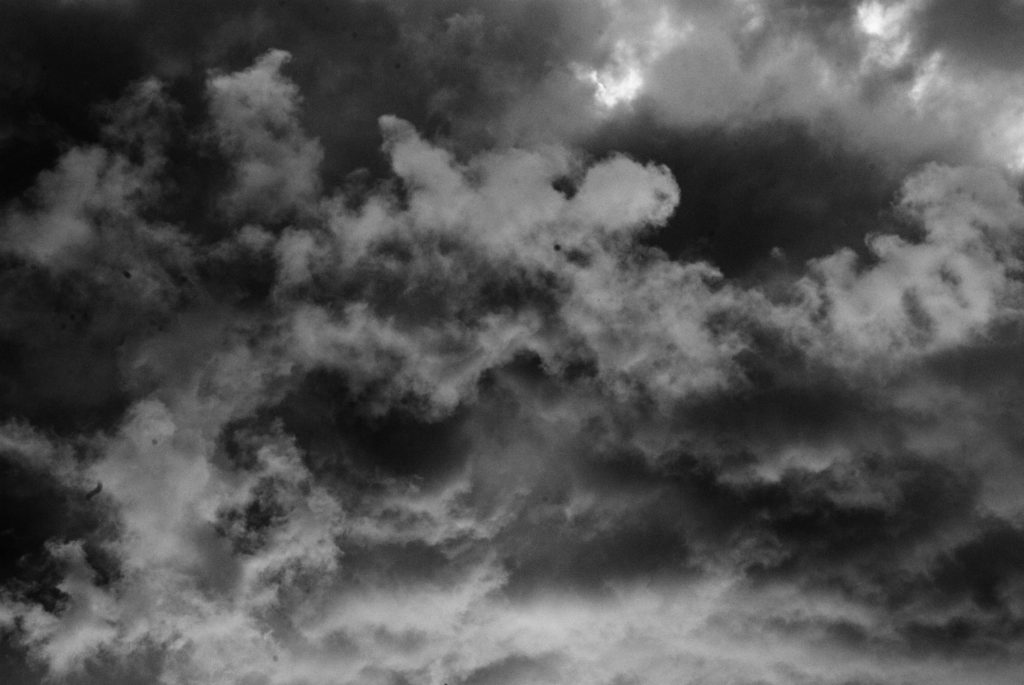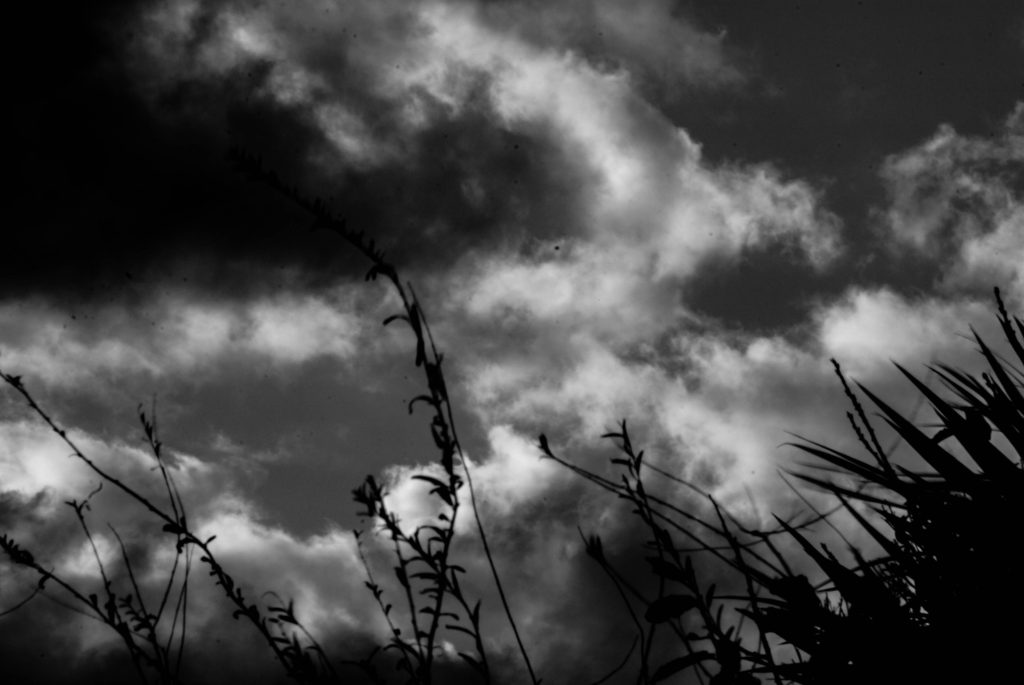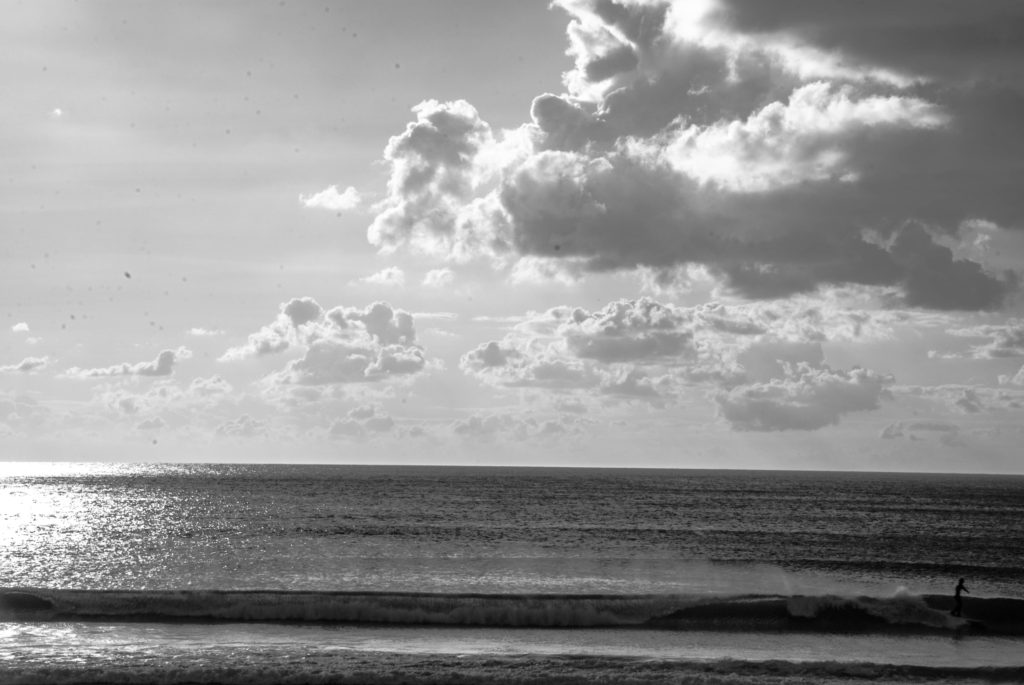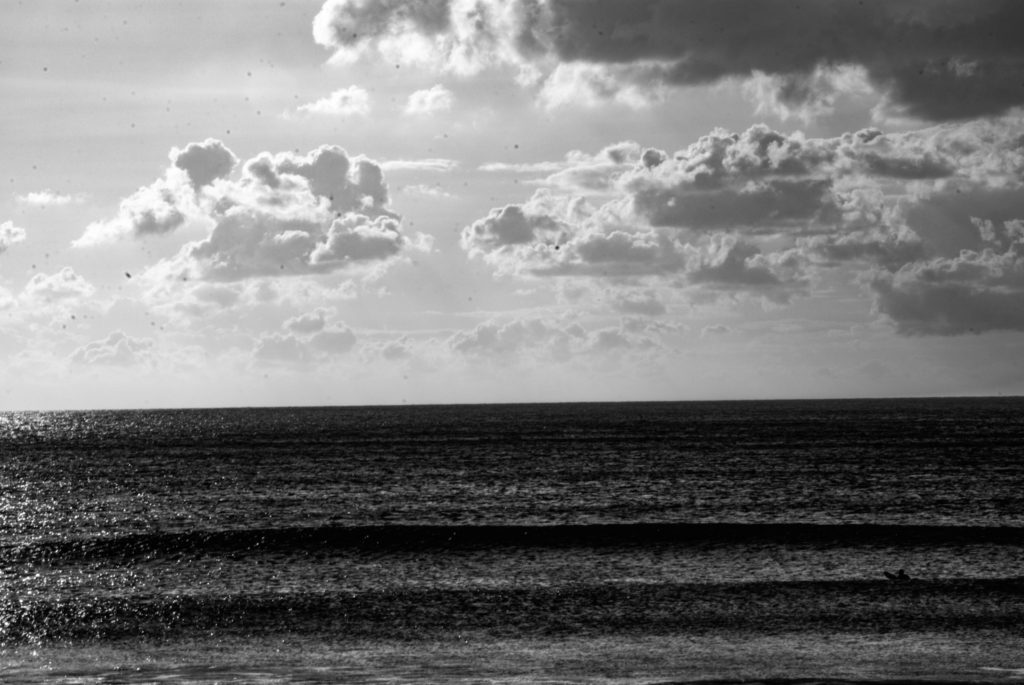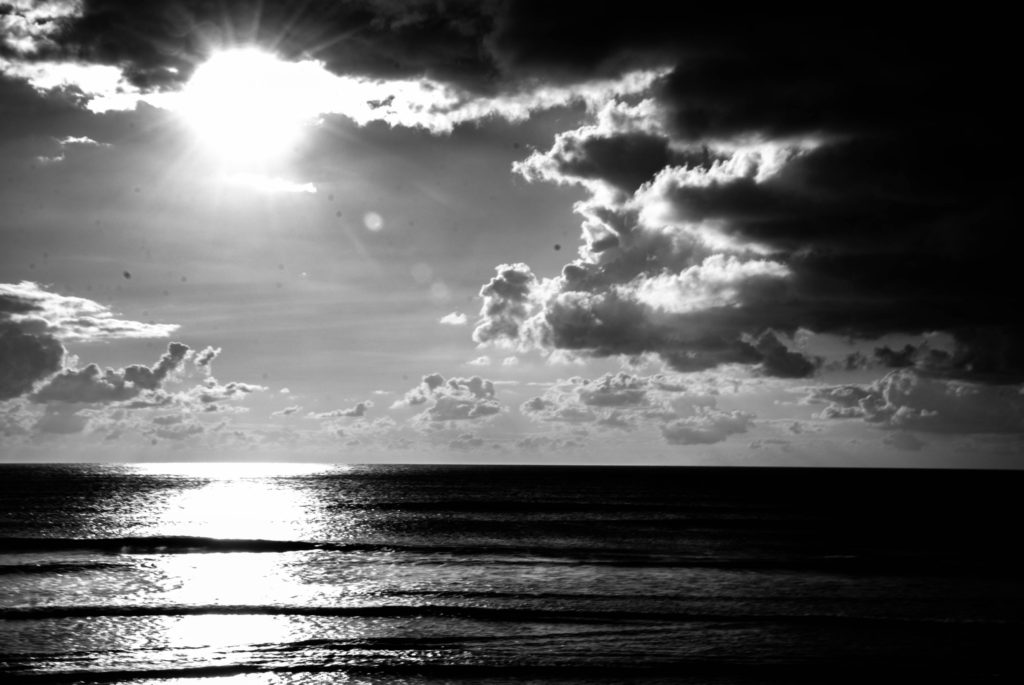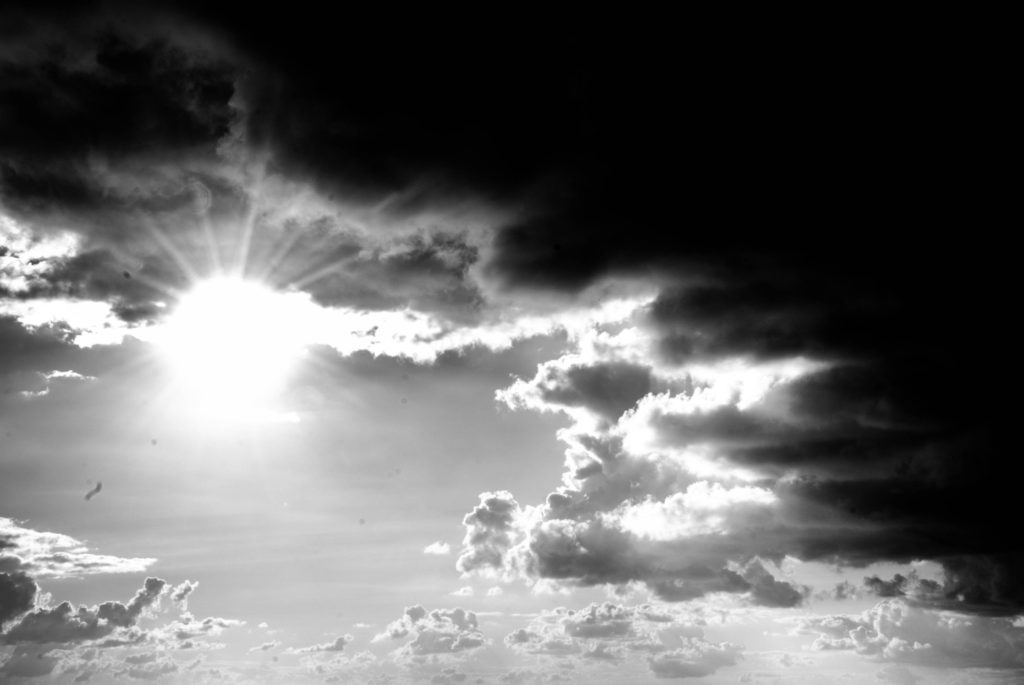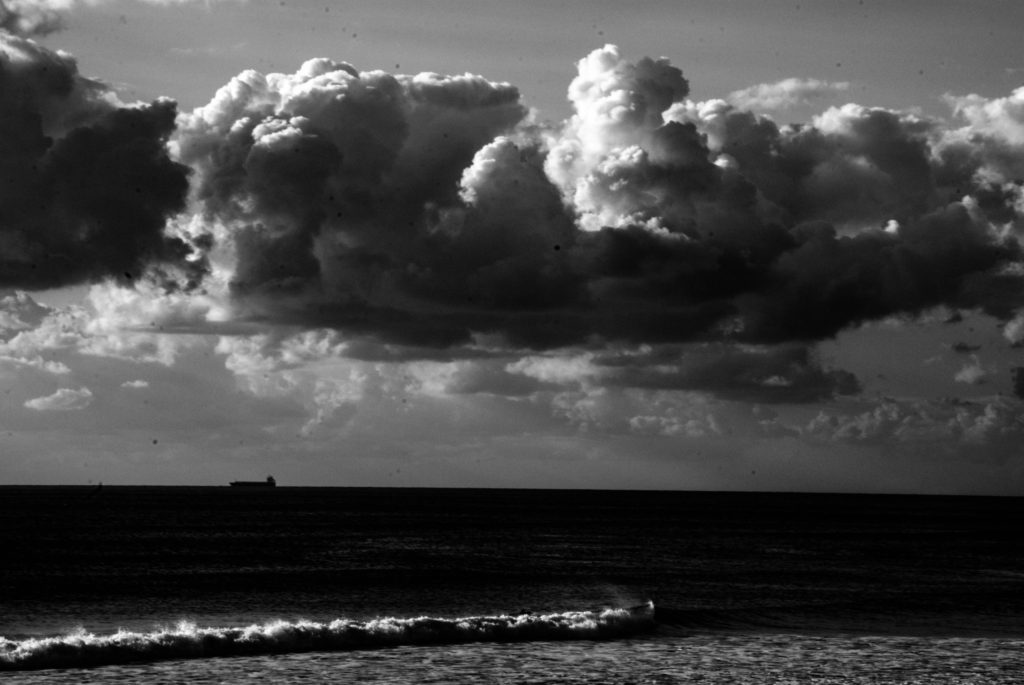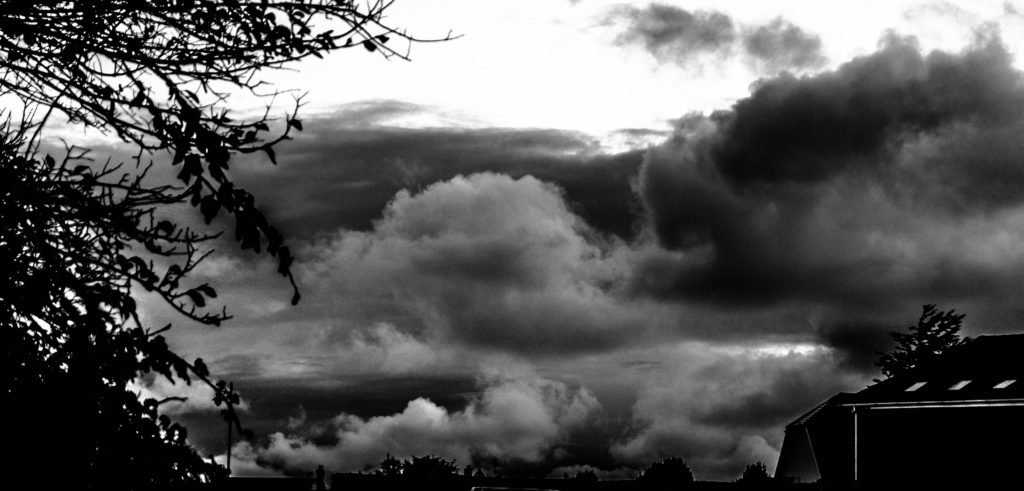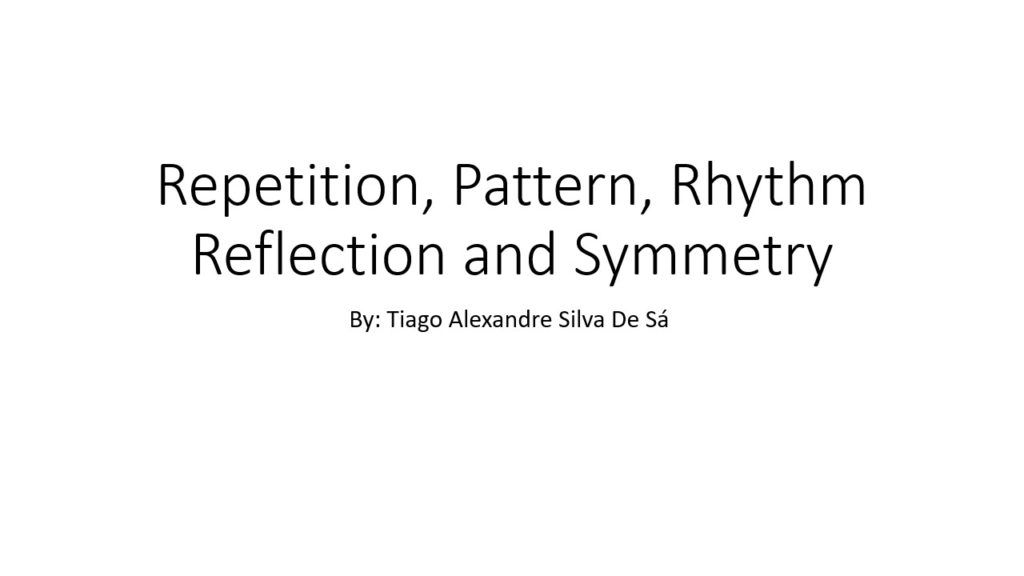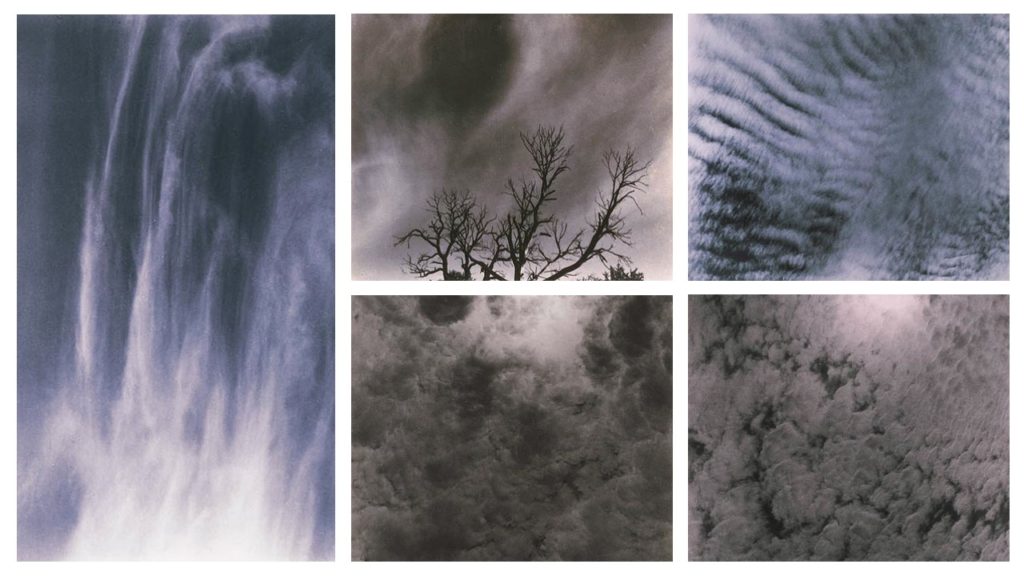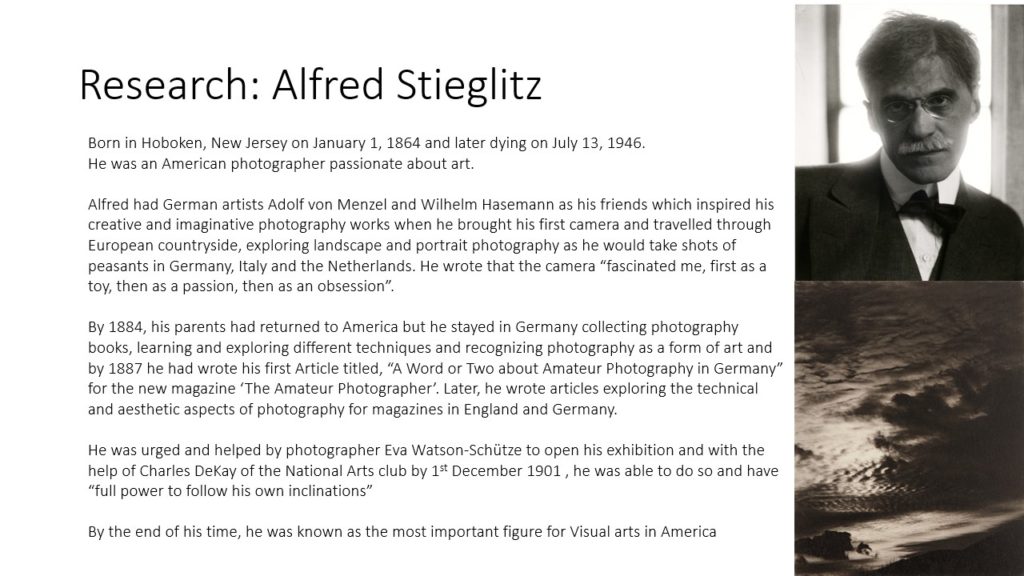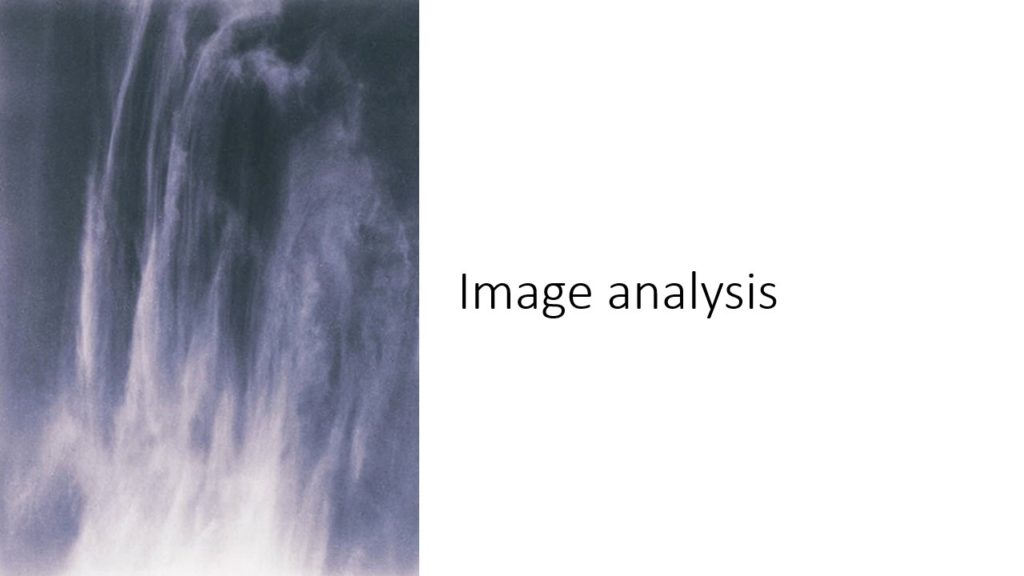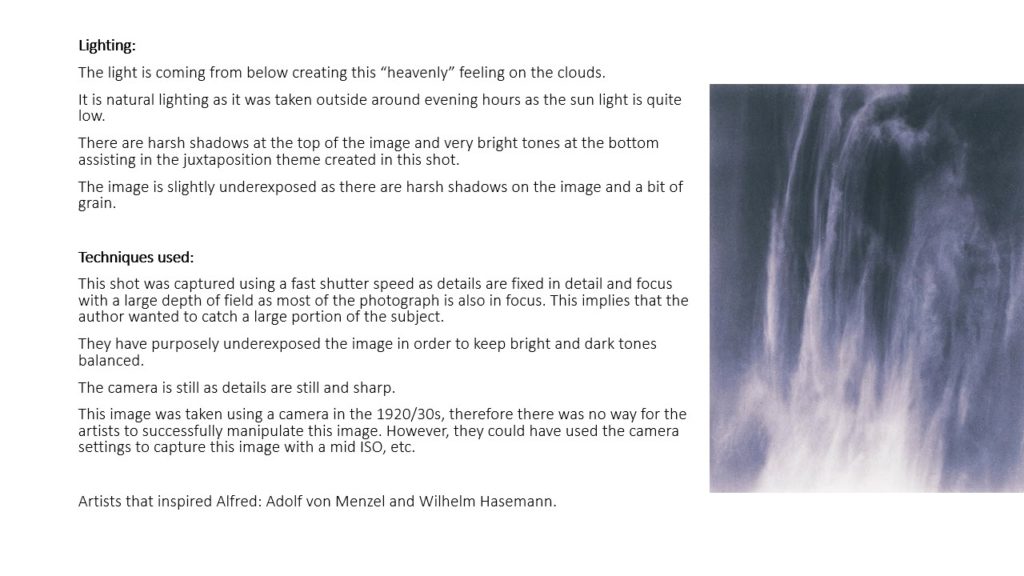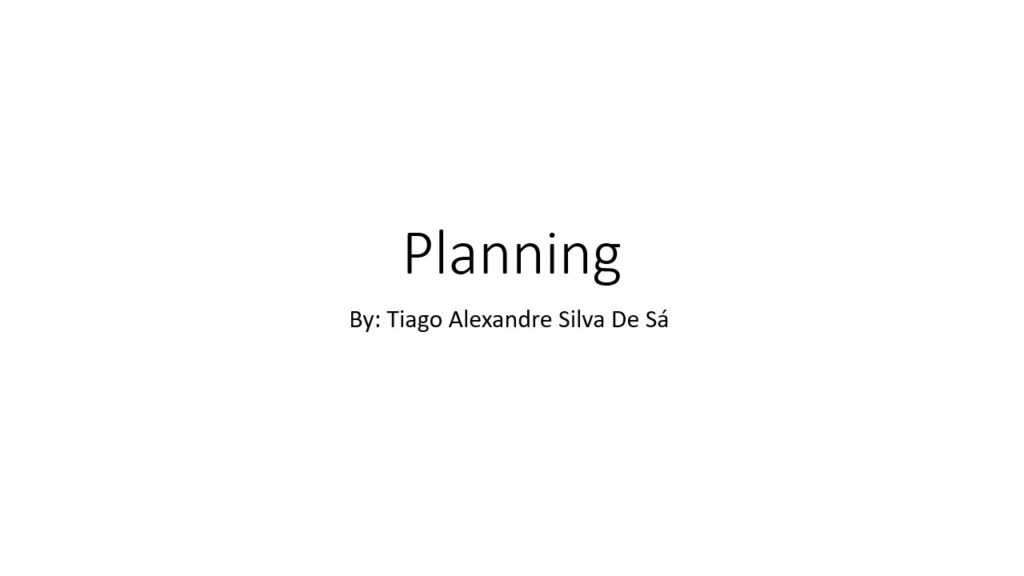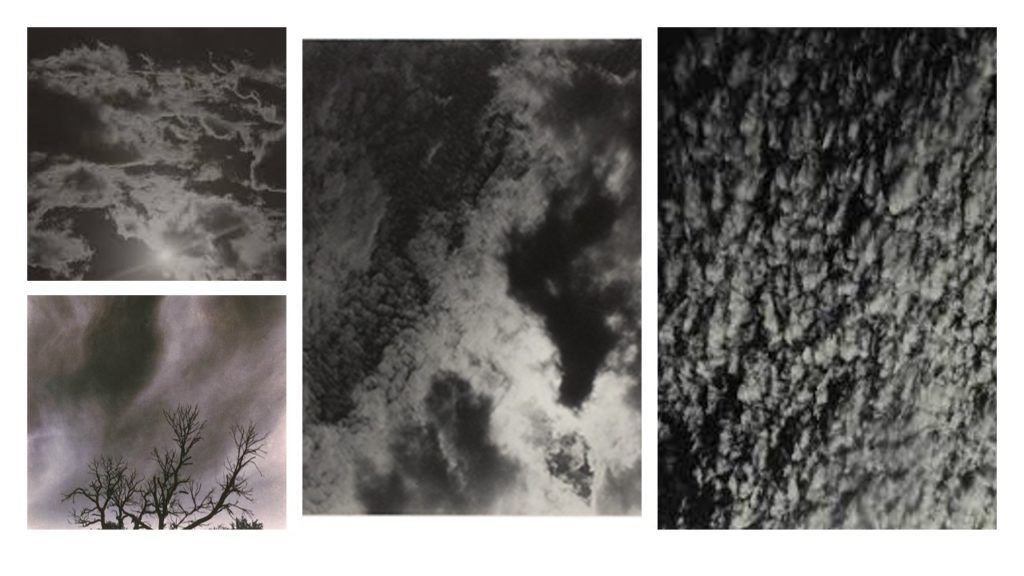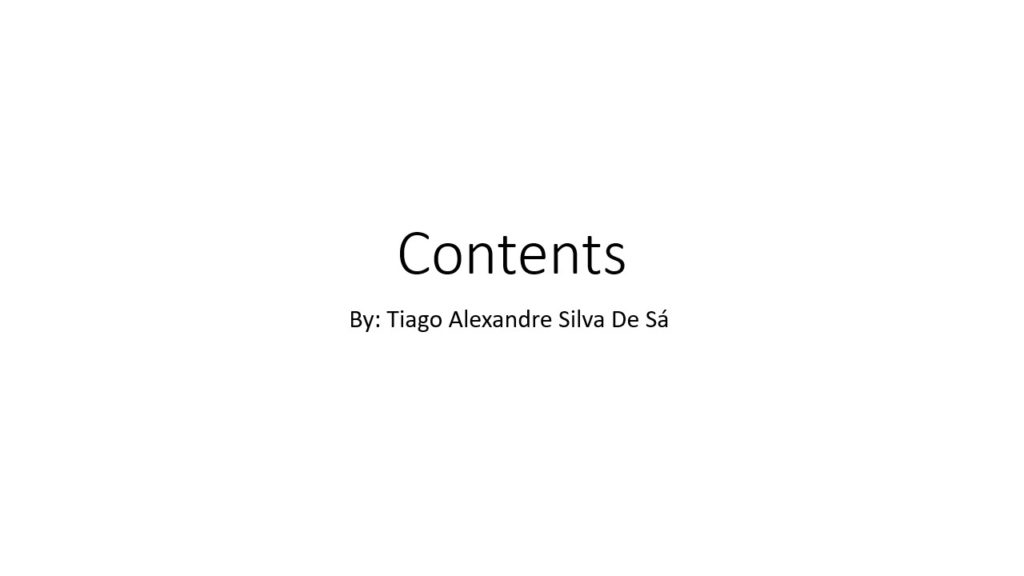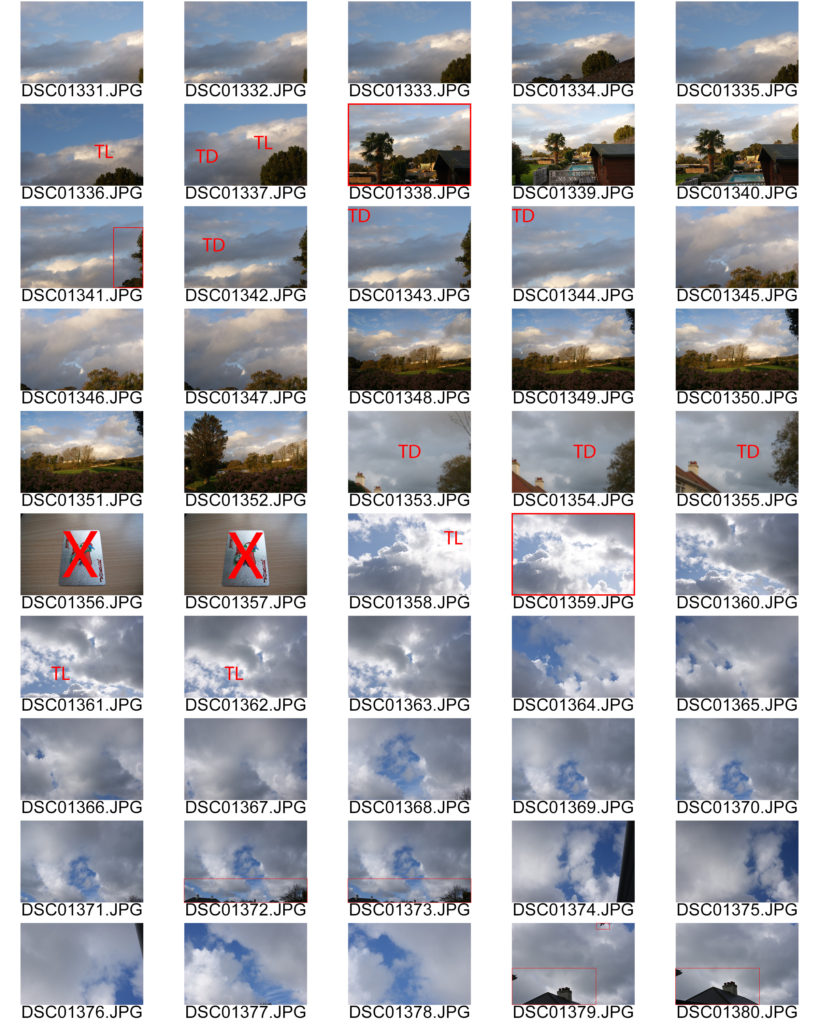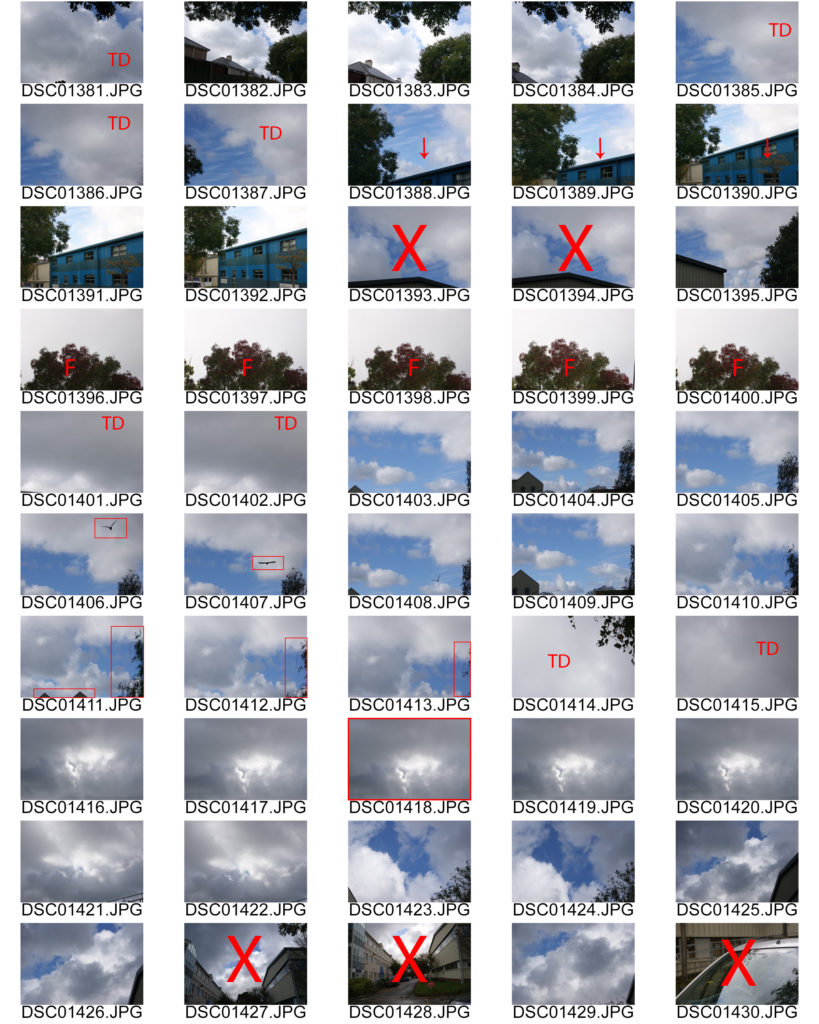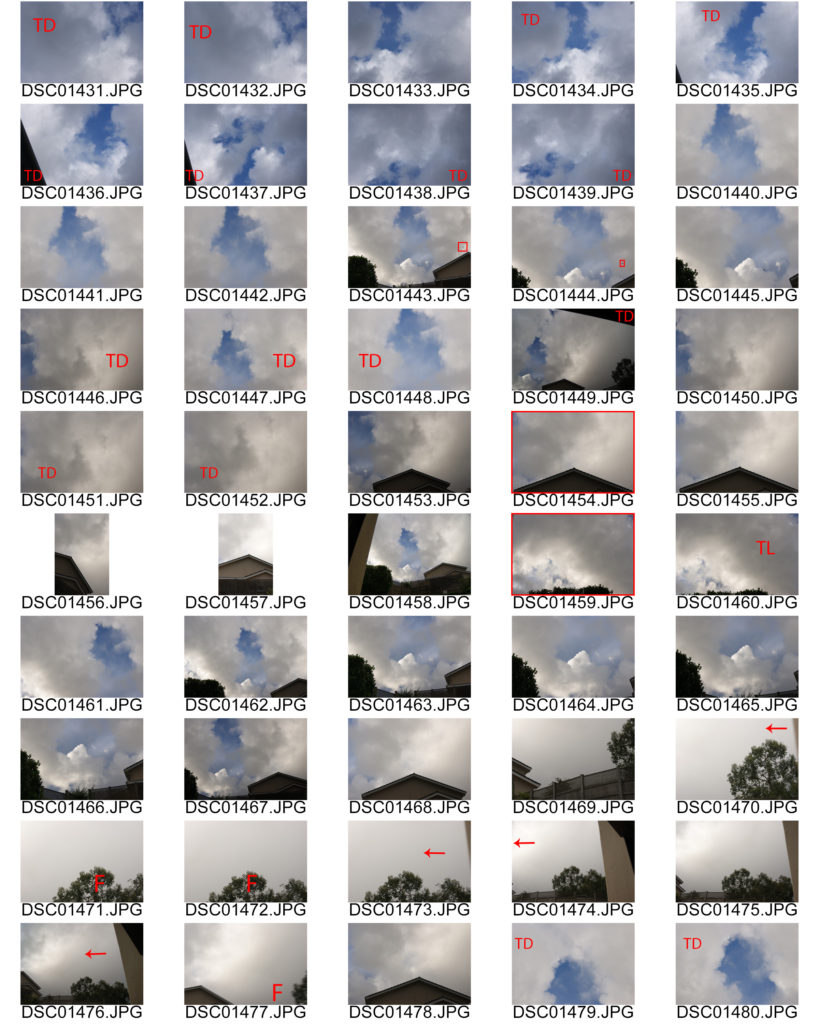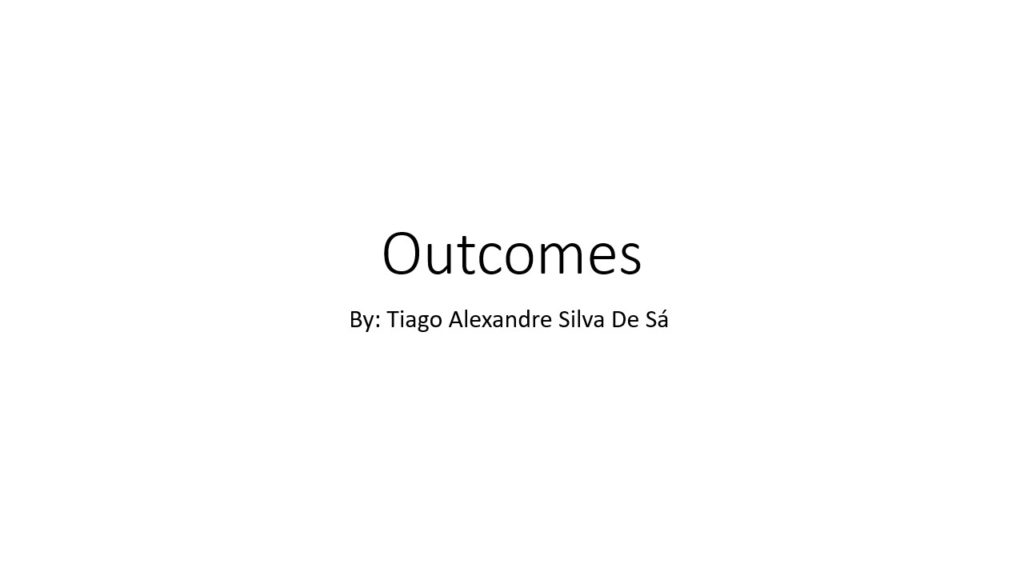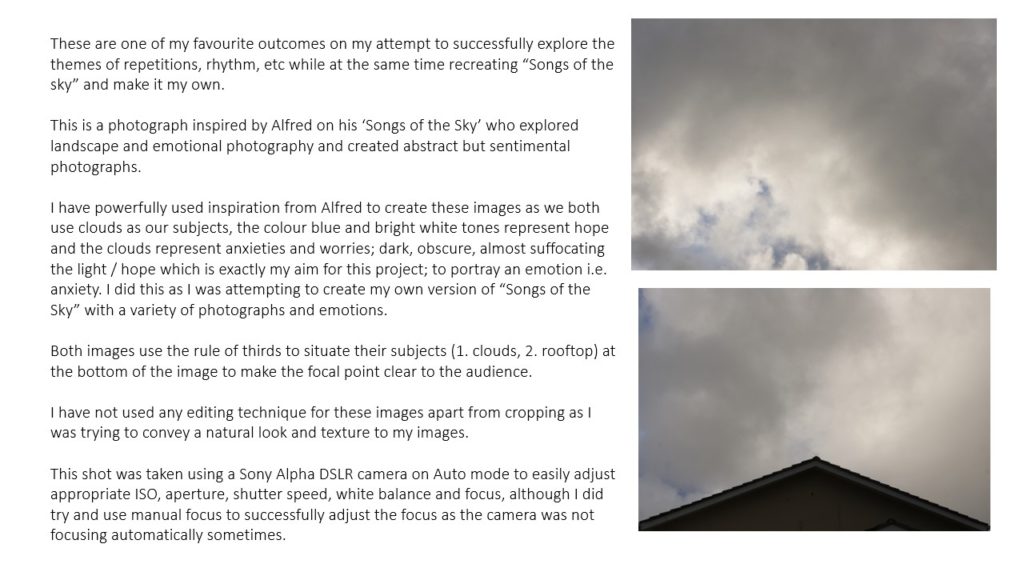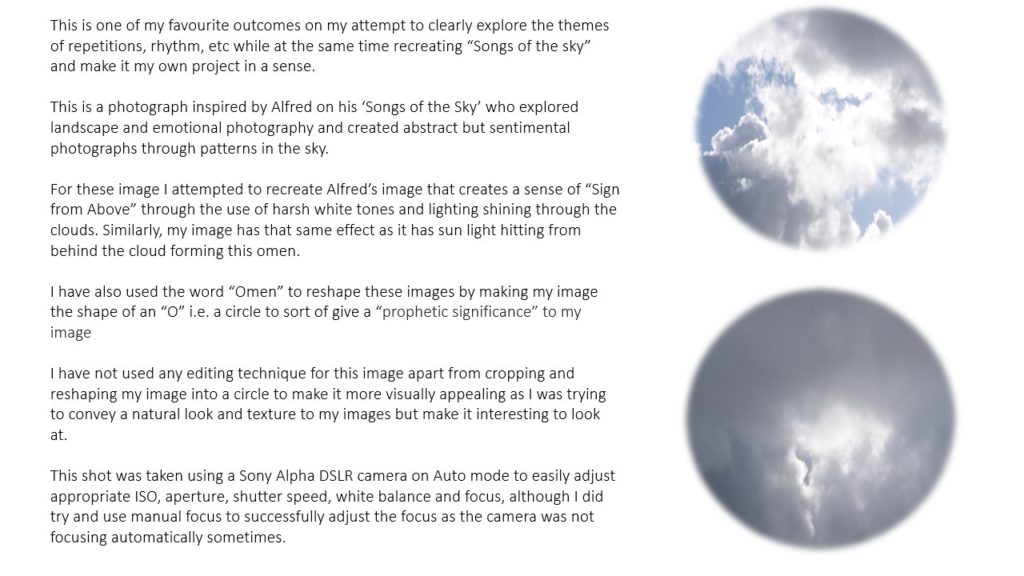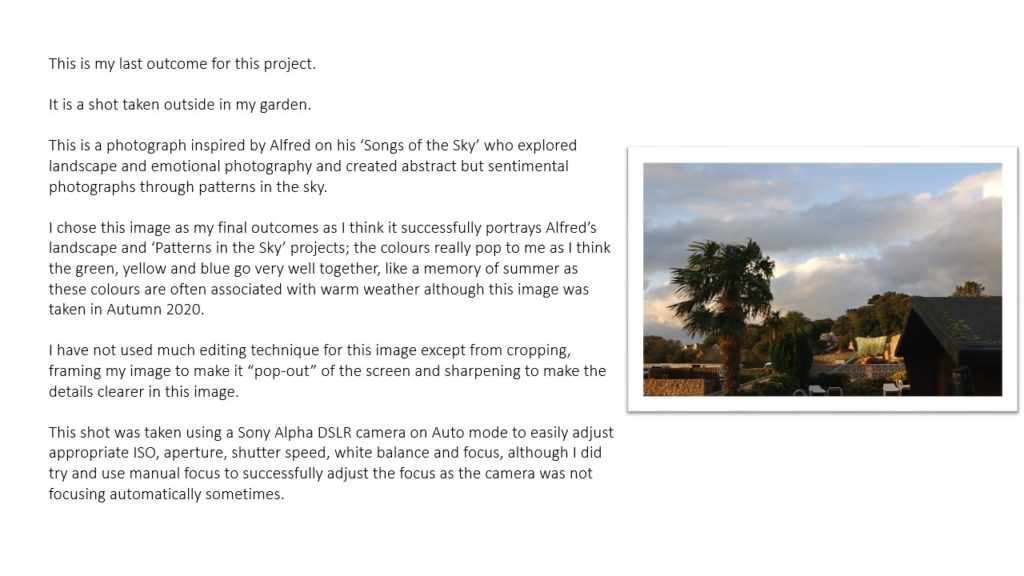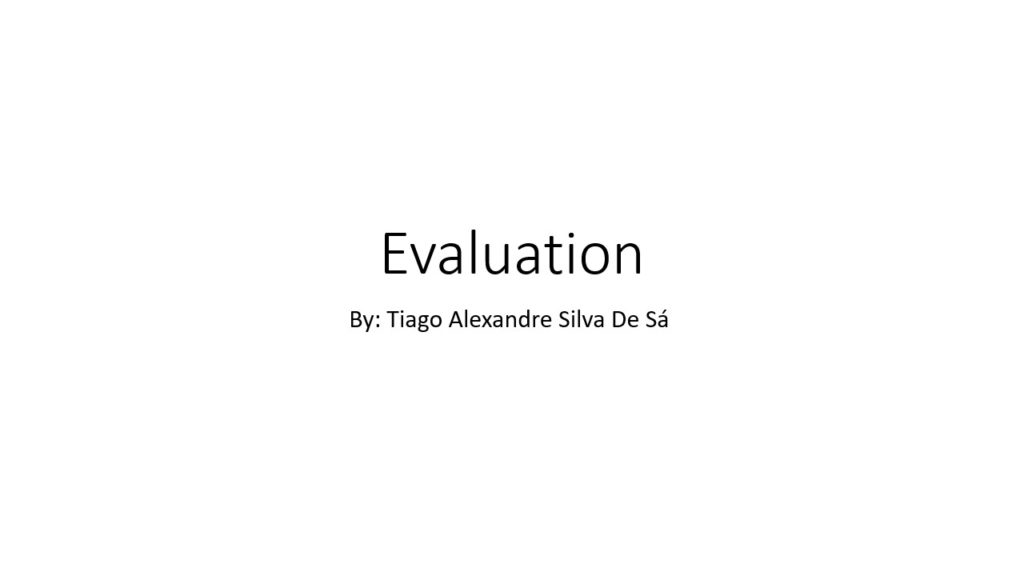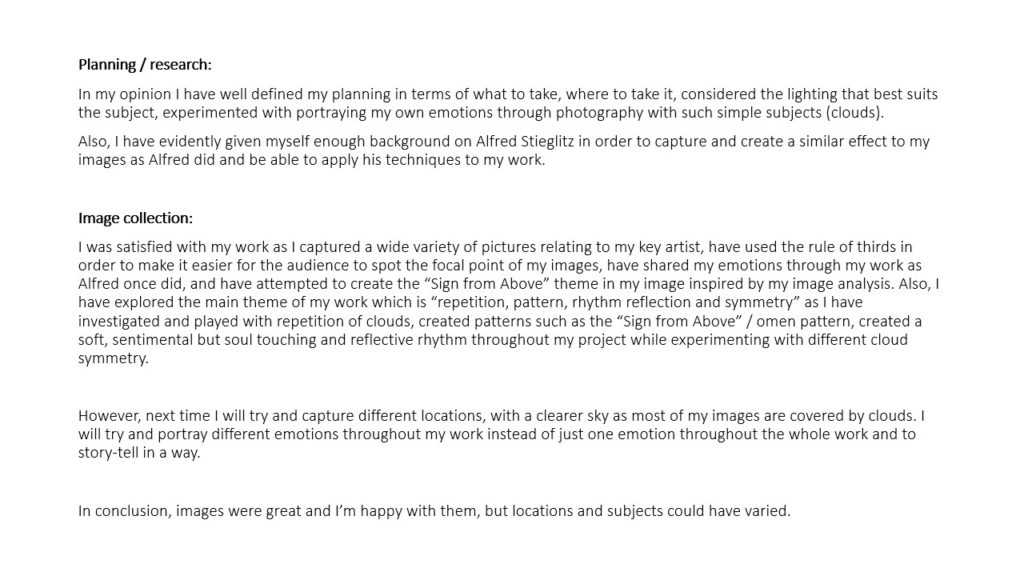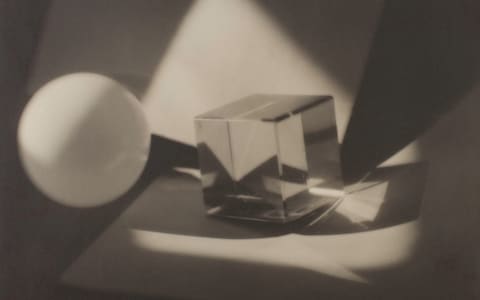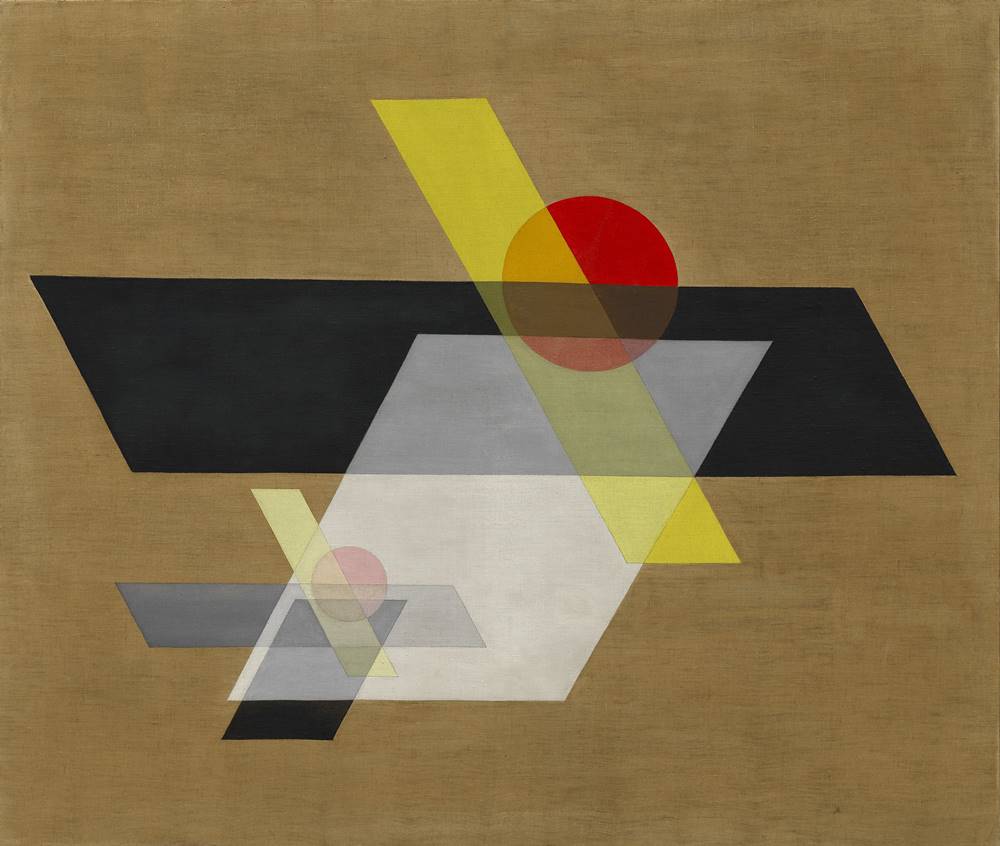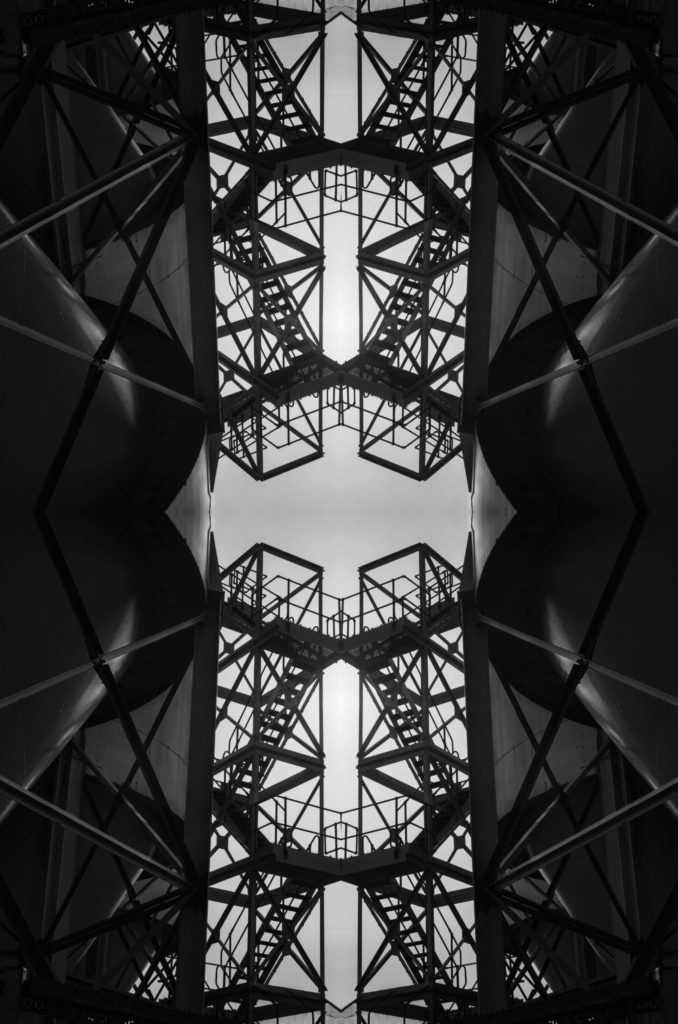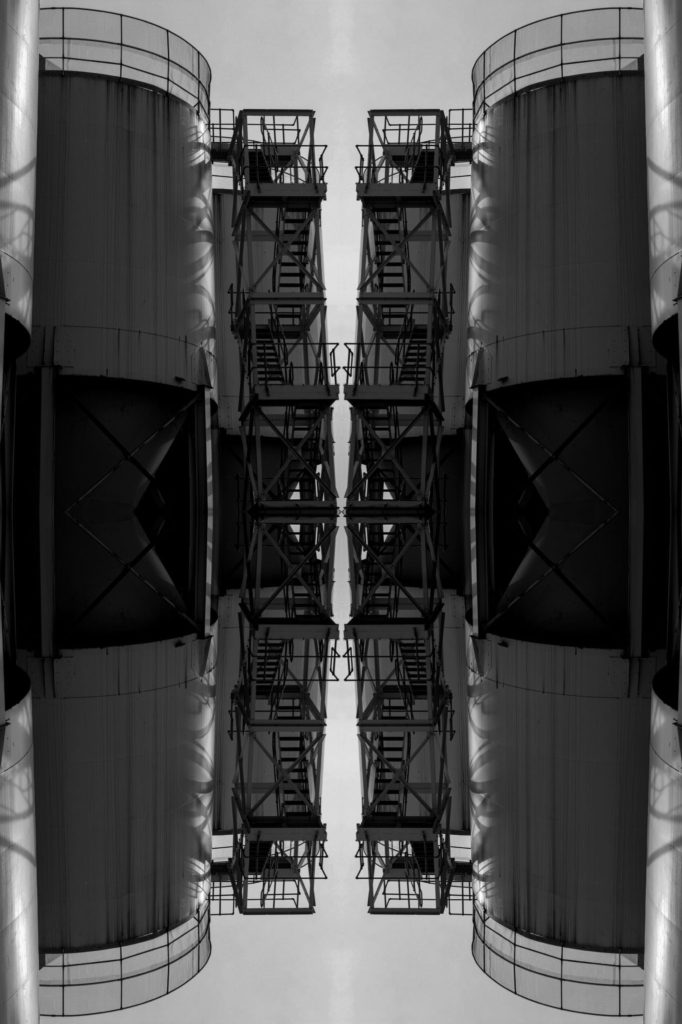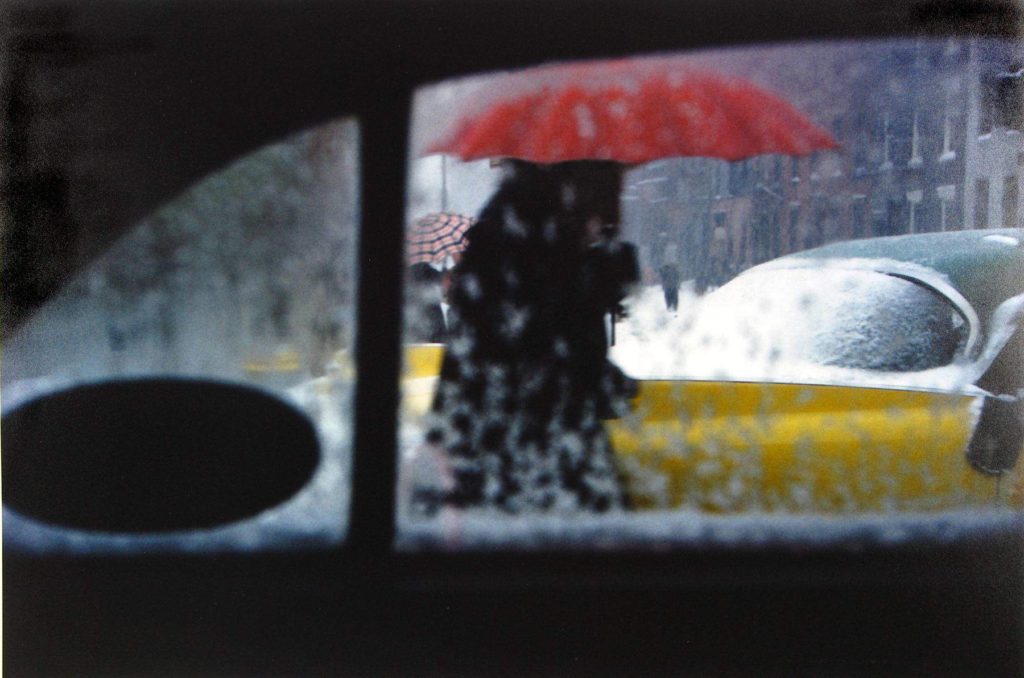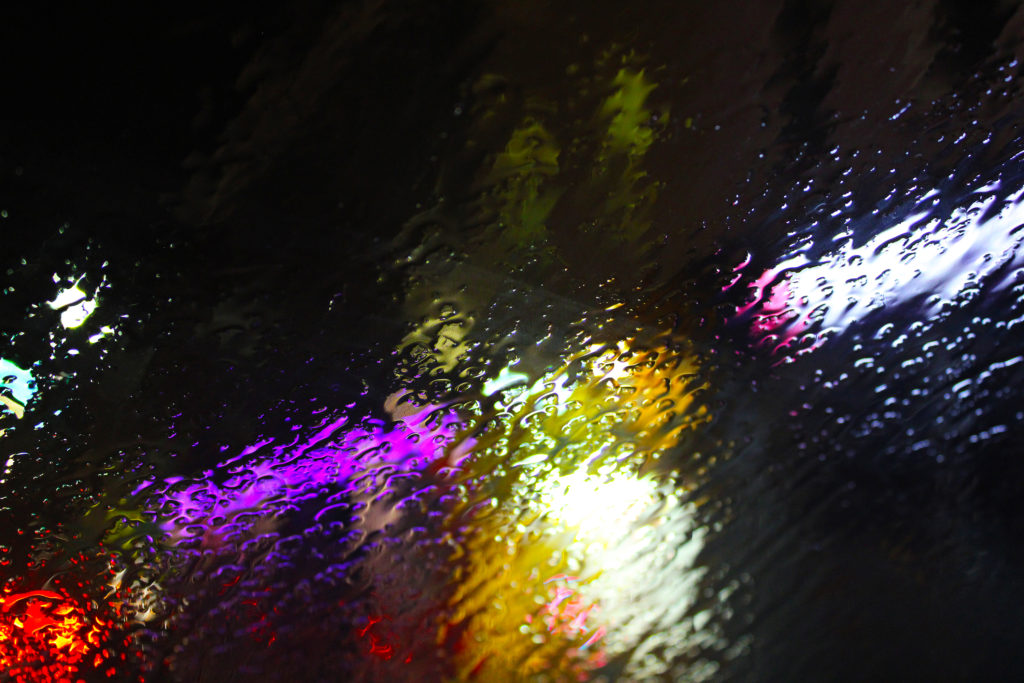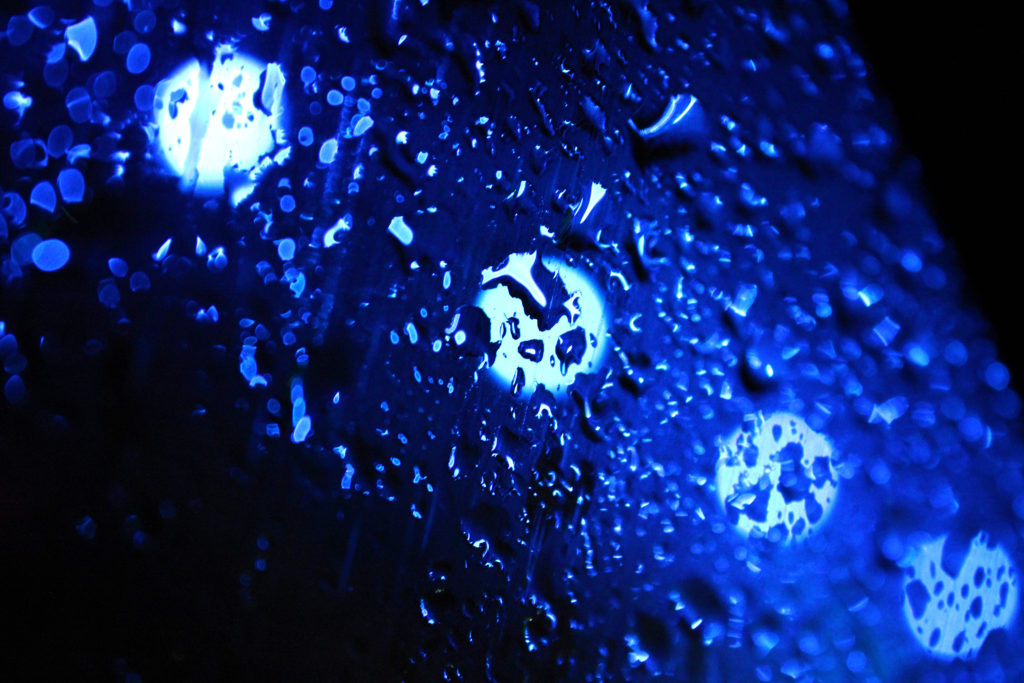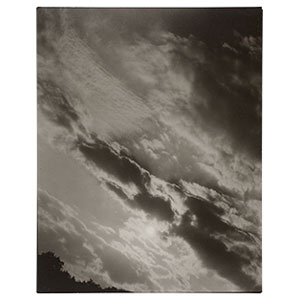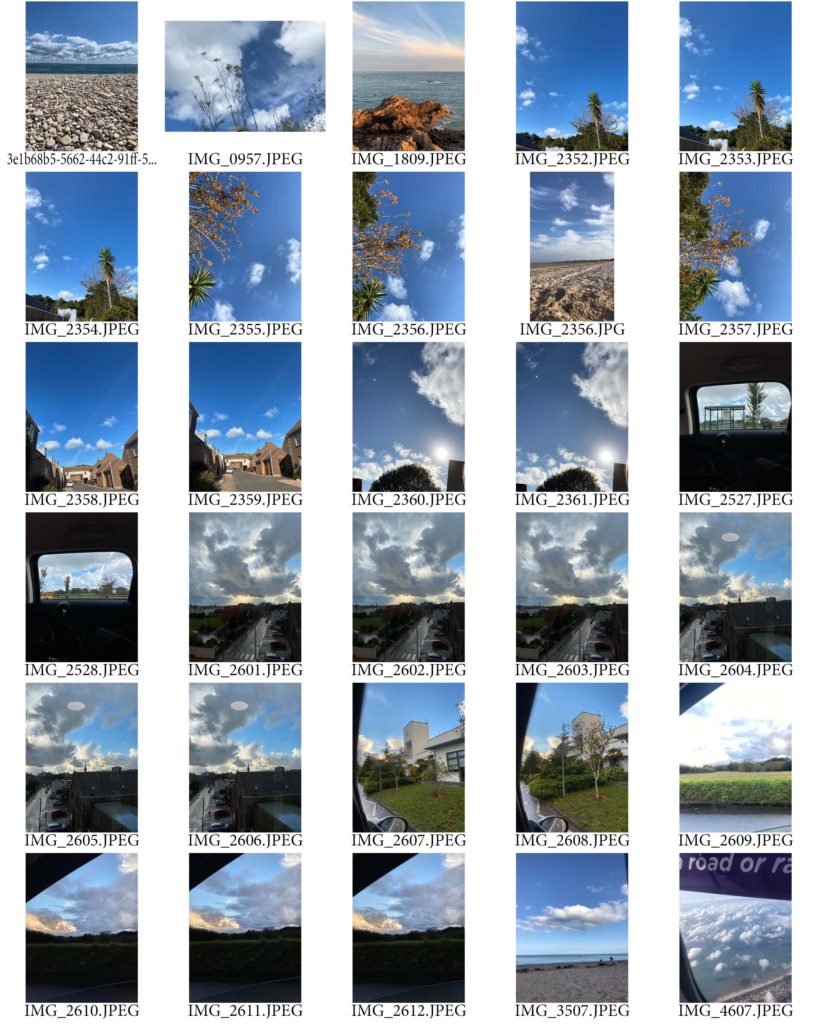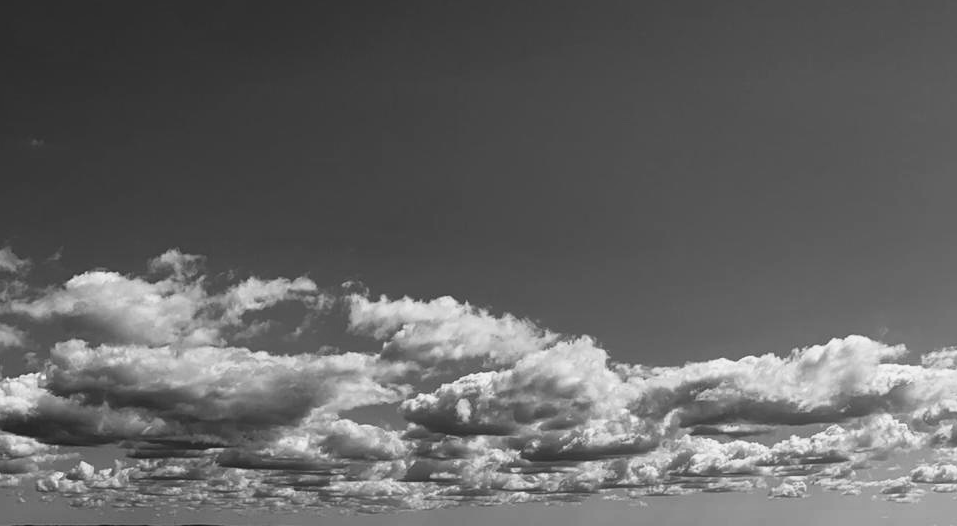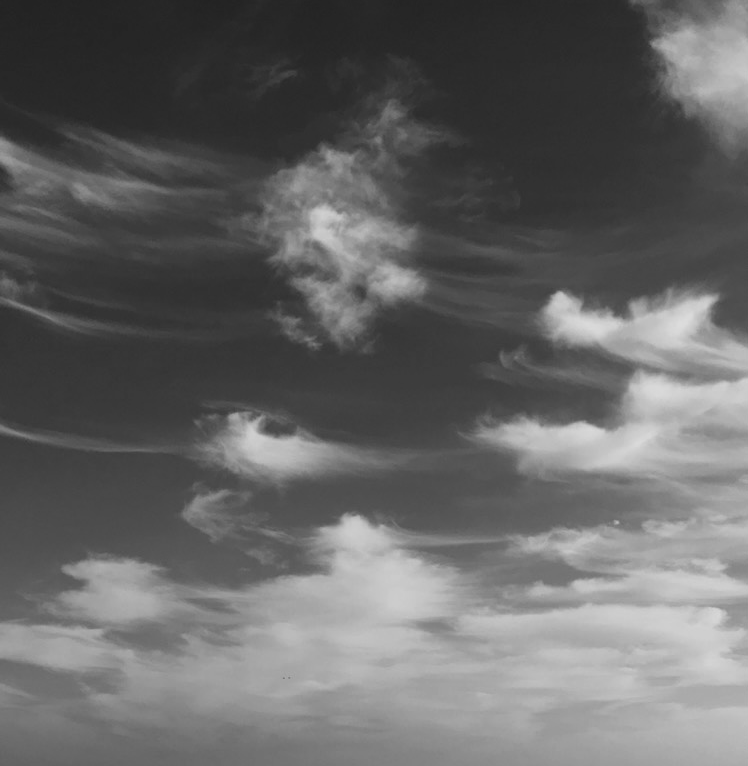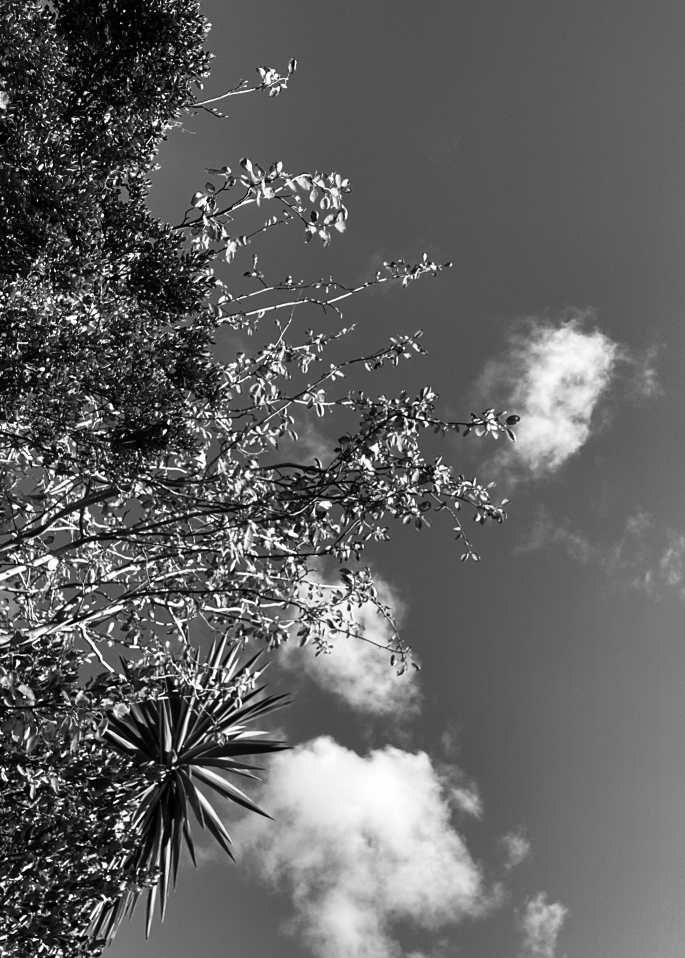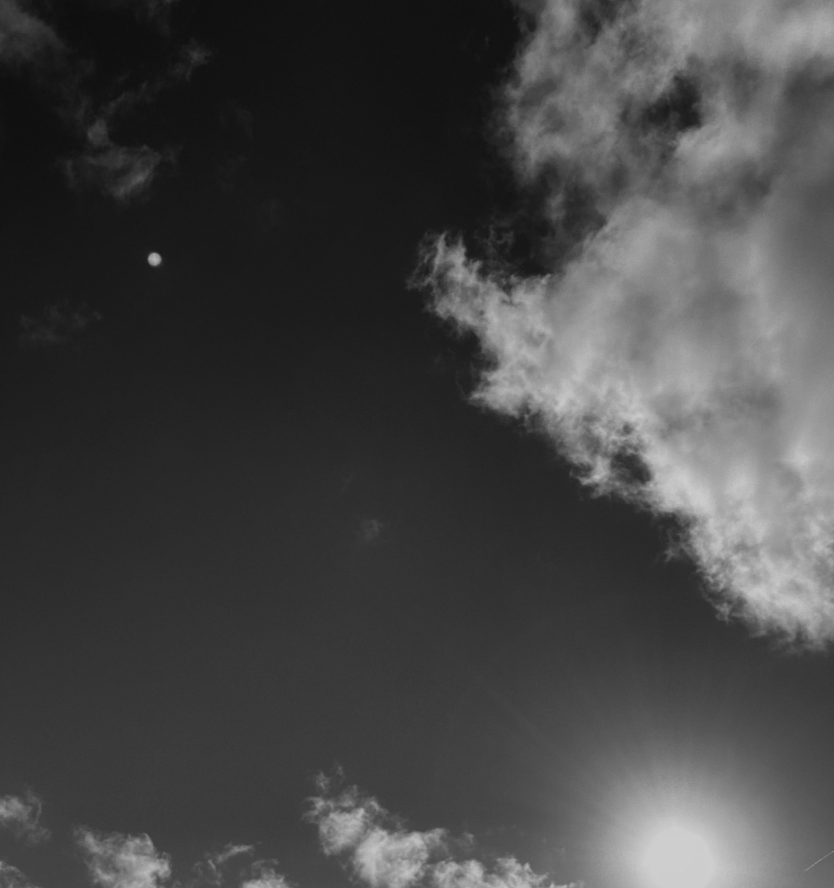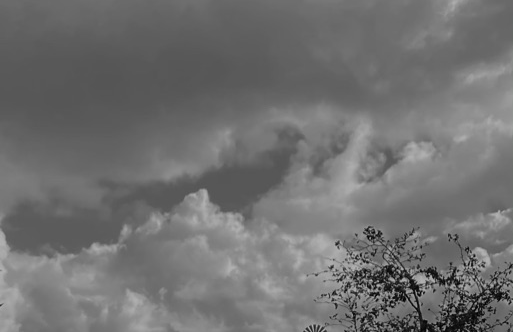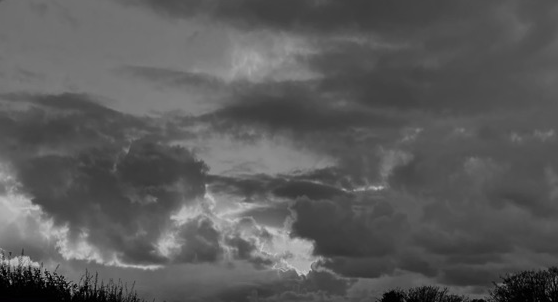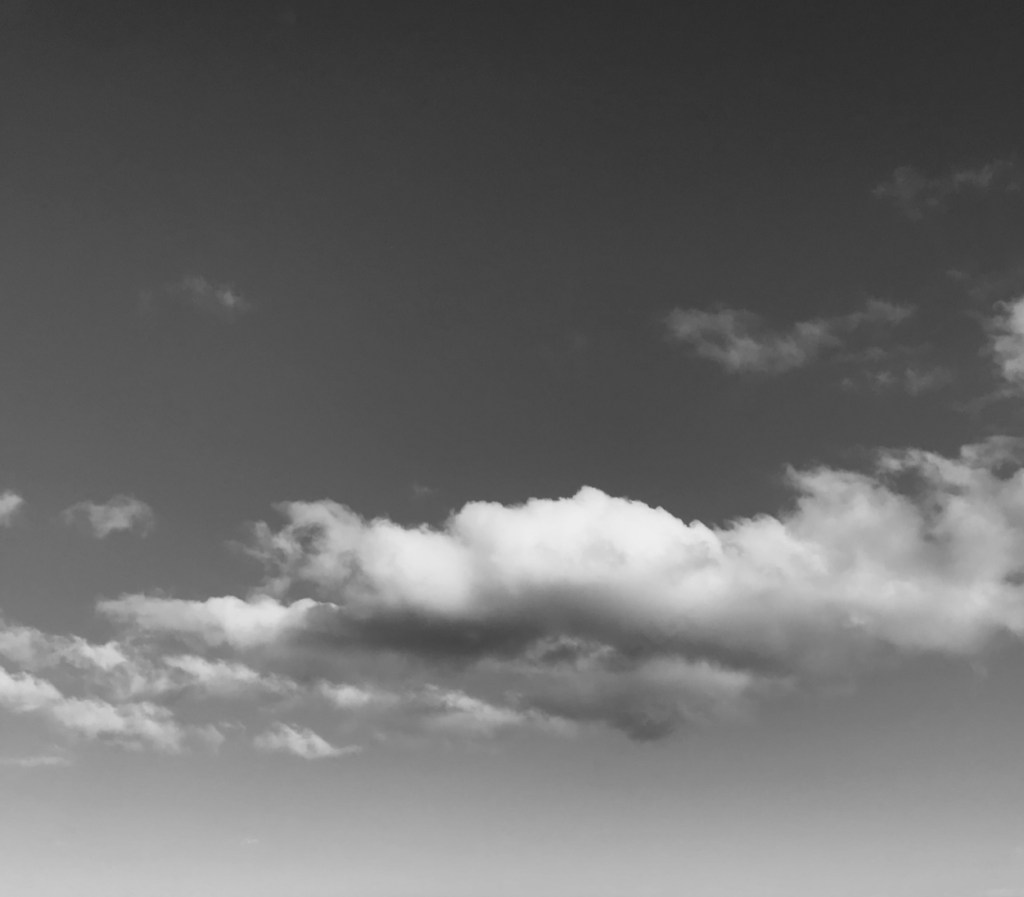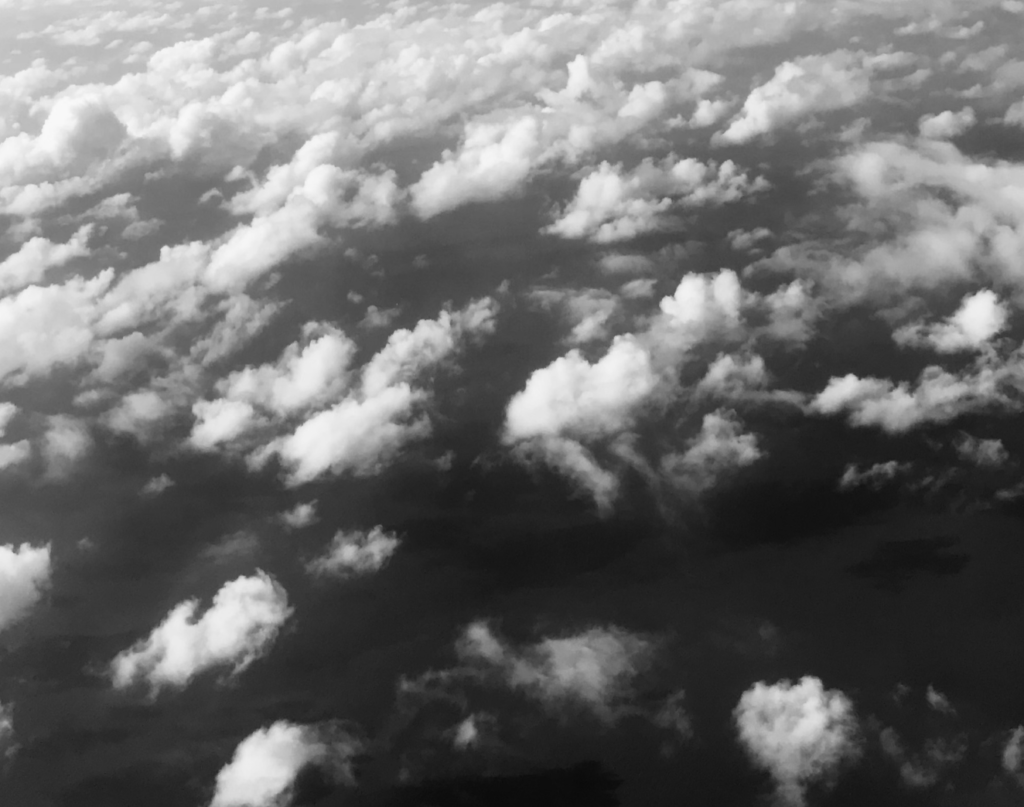Alfred Stieglitz – patterns in the sky
He was an American photographer and modern art promoter who was instrumental over his fifty-year career in making photography an accepted art form. In addition to his photography, Stieglitz was known for the New York art galleries that he ran in the early part of the 20th century, where he introduced avant-garde to many European artists to the U.S.
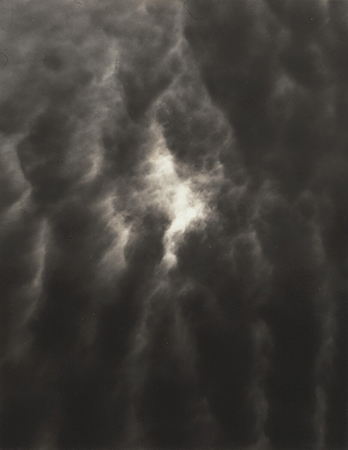
Harry Callahan – natural forms
Callahan left almost no written records—no diaries, letters, scrapbooks or teaching notes. His technical photographic method was to go out almost every morning, walk through the city he lived in and take numerous pictures. He then spent almost every afternoon making proof prints of that day’s best negatives. Yet, for all his photographic activity, Callahan, at his own estimation, produced no more than half a dozen final images a year. He worked with multiple exposures-double and triple exposure, blurs, large and small format film.

Compare and contrast-
Technical– The lighting in both photos have light and dark tones and different sections of the photo are in contrast with each other. In Alfred’s photo the clouds are very dark and grey as they are surrounding the small spot of sunlight that’s trying to shine through. The photo looks like it was taken in natural light as it’s of the sky which is a natural environment. Whereas the Harry’s photo contains extremely sharp contrasts between the black and white. The trees are completely black and the background surrounding them is white which makes the shape of the trees very visible. Both photos look like they’d be taken on a high shutter speed as no movement would be in the photos and neither photos look blurry. Harry’s photo is taken with a wide lens whereas Alfred’s photo is quite zoomed in to capture the sun peaking through. Both photos probably had to be on quite a high IOS level in order to capture the sunlight coming through the clouds(in Alfred’s photo) and the white background behind the trees(in Harry’s photo).
VISUAL- Both photos are of the natural environment but in a different form. Alfred’s photo is of the sky which both dark and light tones without any particular shape as it’s photographing the clouds and sun. The only repetition there is the clouds whereas in Harry’s photo repetition is clearly shown through the trees. In Alfred’s photo the shape of the trees are very defined because of the background being white which creates a very sharp contrast.
CONTEXTUAL- There isn’t much historical context behind both photos and not a personal meaning either. I think that both photos where just taken in order to show the different ways an abstract photo may be presented , as they chose to do that through nature.
CONCEPTUAL- I think that neither photographs have a meaning as it isn’t a photo that’s trying to get a message across to viewers as both of the photographs aren’t powerful enough. I think that both artists wanted to photograph the idea of ‘abstract’ in their own way.
MY RESPONSE- contact sheets;
Plan- I went out during the day when the sky wasn’t all blue and clear but neither when it was so cloudy you couldn’t see the sun. I wanted to capture the sun peaking and shining through the clouds. I then went out closer to the beach because that’s where the sky is the most open without any tall buildings surrounding it and I photographed the trees near it. I took photos of them because I knew when I edit them on Photoshop they would turn out similar to Harry’s style and they were very symmetrical due to the way I photographed them.

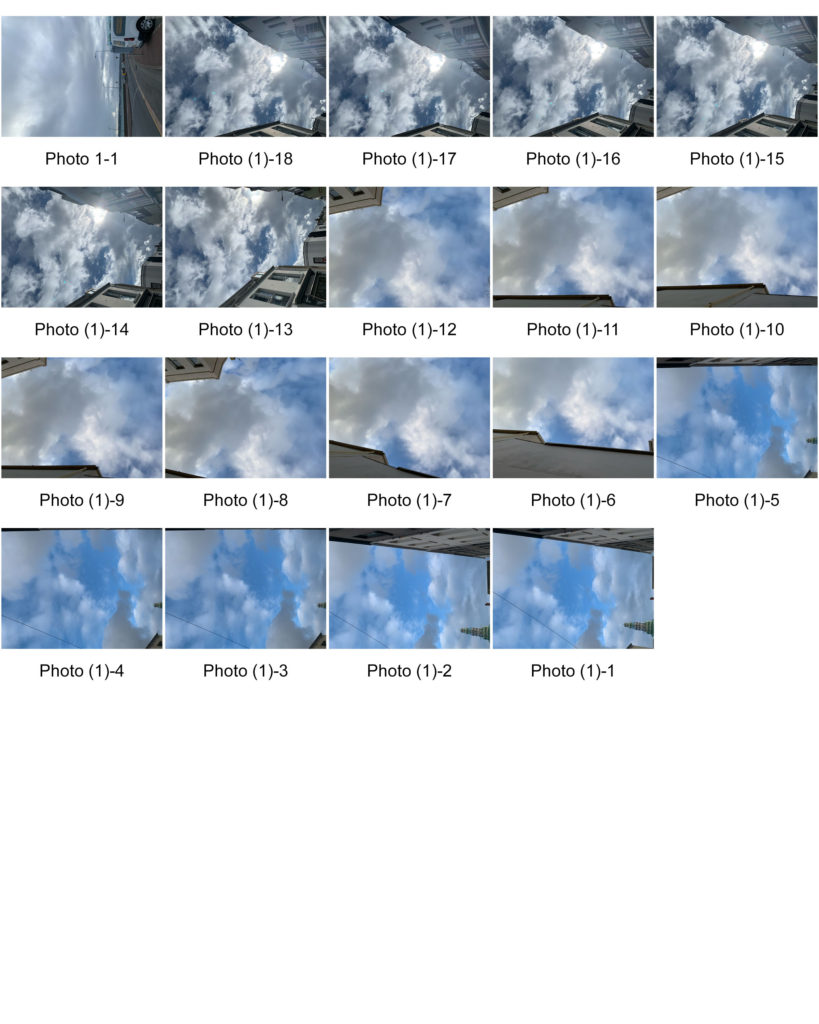
Evaluation
I took photos of the sky during the day time as Alfred’s photos are taken in the daylight and not at night. If I was to take the photos at night you wouldn’t be able to see the clouds. I waited till the sky was filled with dull clouds and photographed them from a low angle to create the perspective of looking up. I waited till the sun came out too in order to capture it peaking and shining through the clouds in the way that Alfred does. I also took photos of the nature when I found repetitive sections of it, such as trees being behind each other in a repetitive order.
My favourite images in black and white and cropped–
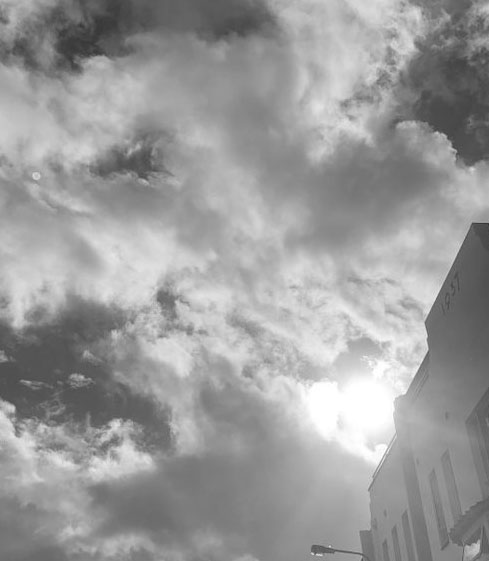
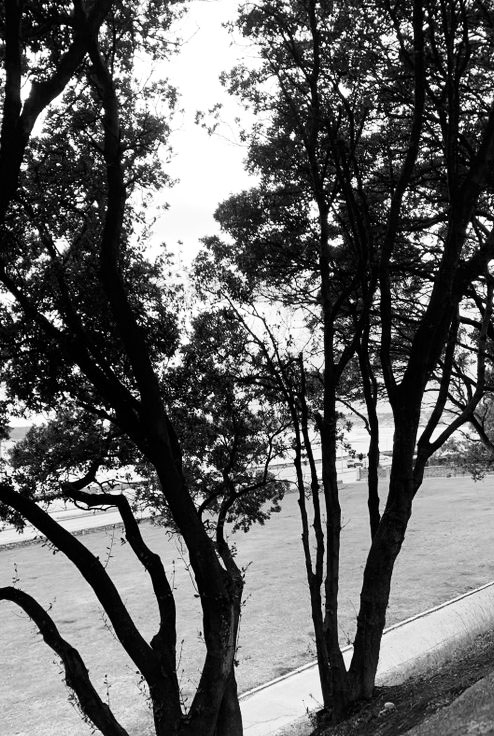
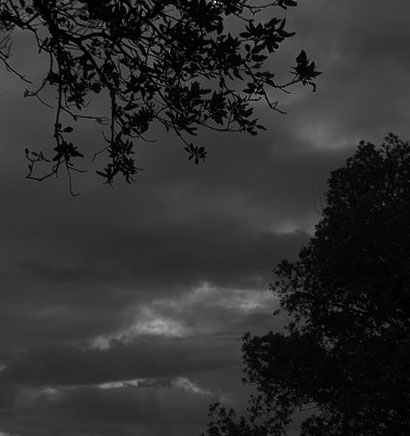

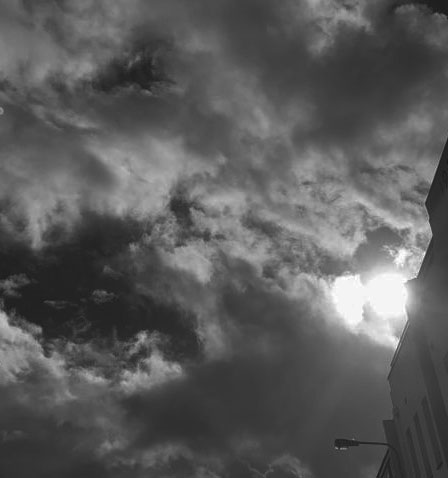
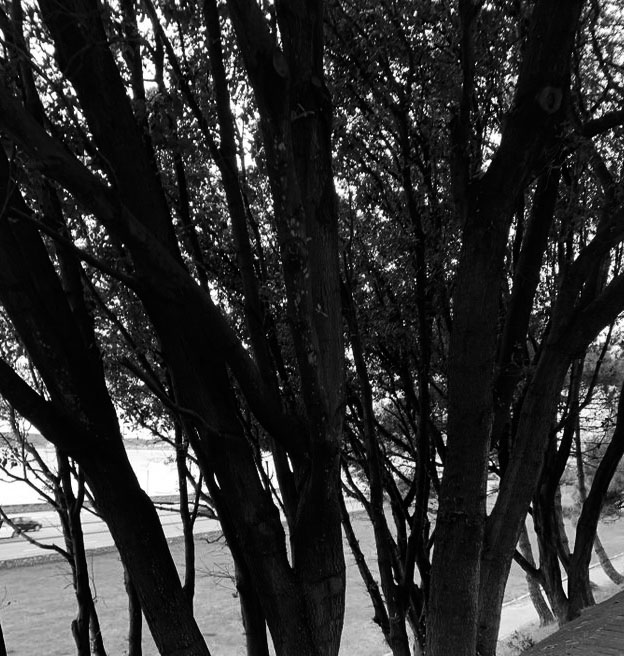
Overall I like how my photos turned out because I captured the sun coming through the clouds which creates a similar effect to Alfred and I think my photos turned out in a style similar to his. I also like how the second group of photos I took of the nature turned out because by turning them black and white , the background goes much lighter than the trees as they get completely darker and the shape of them becomes much more defined. The trees also turned out quite symmetrical and repetitive which makes it even more similar to Harry’s work.

